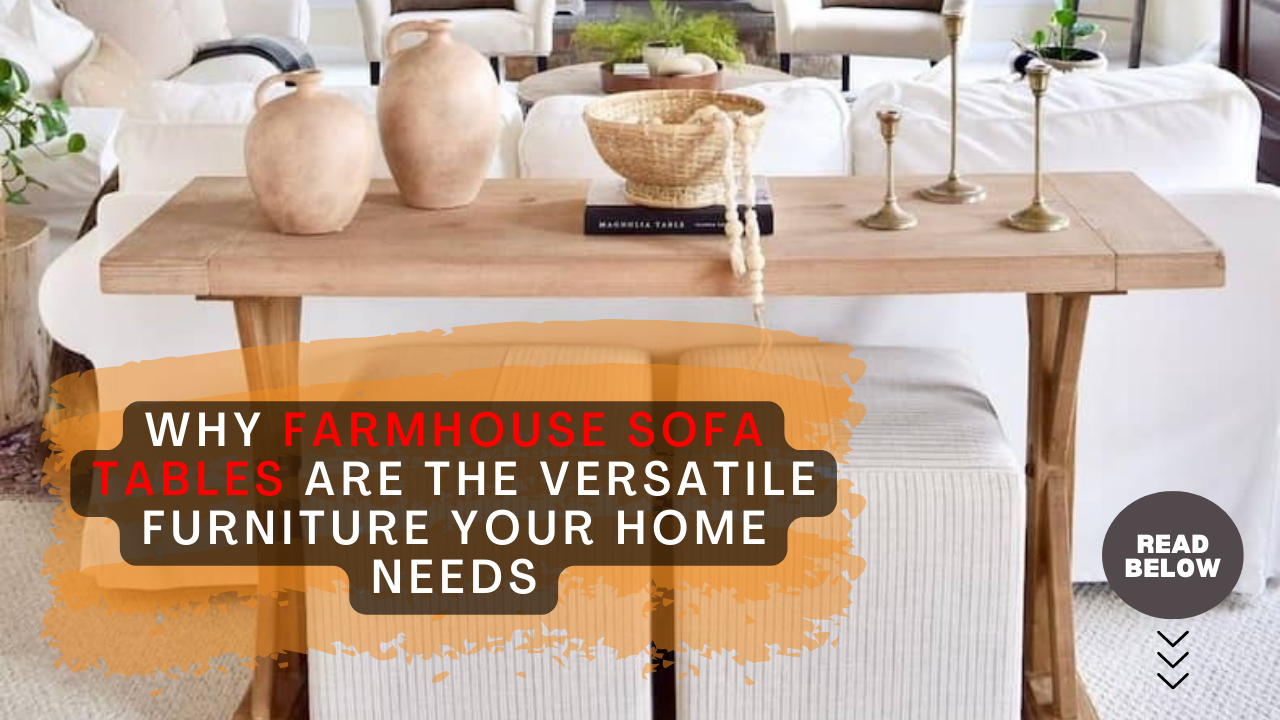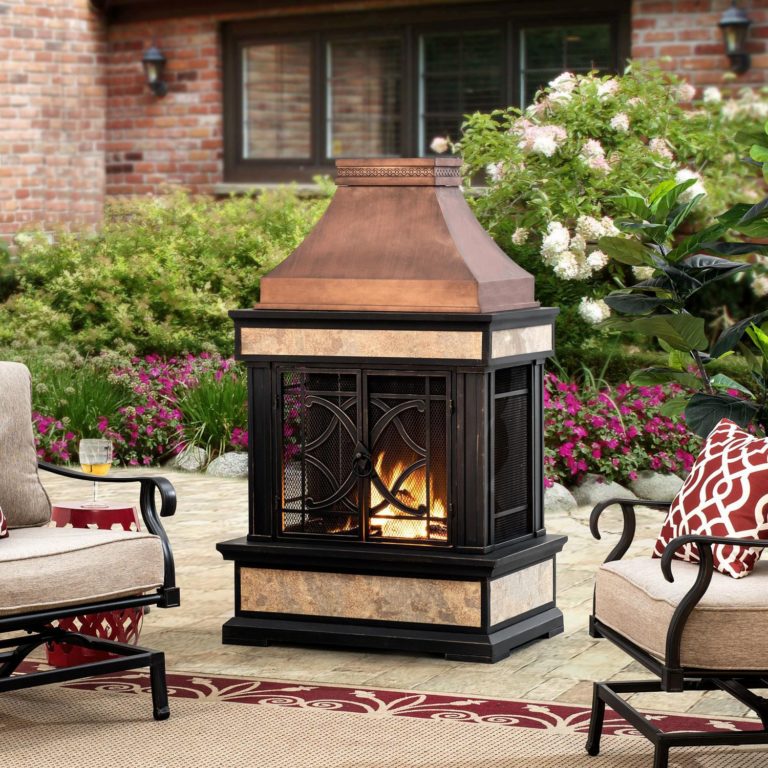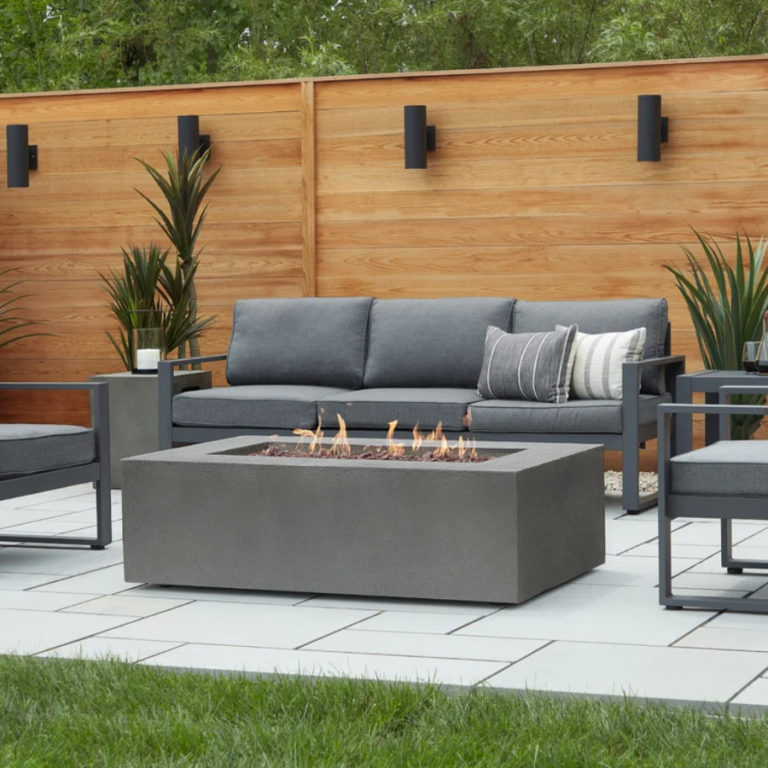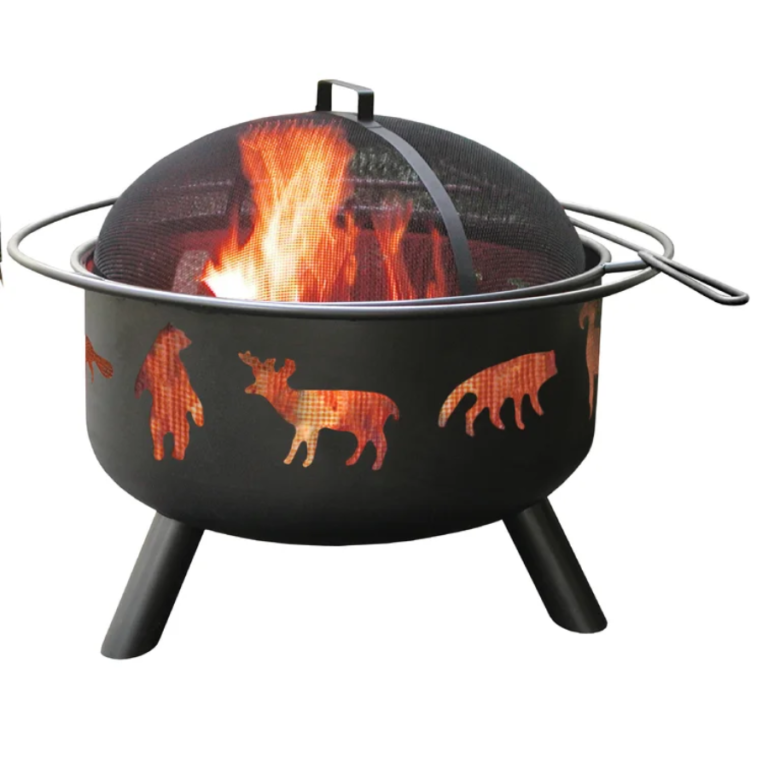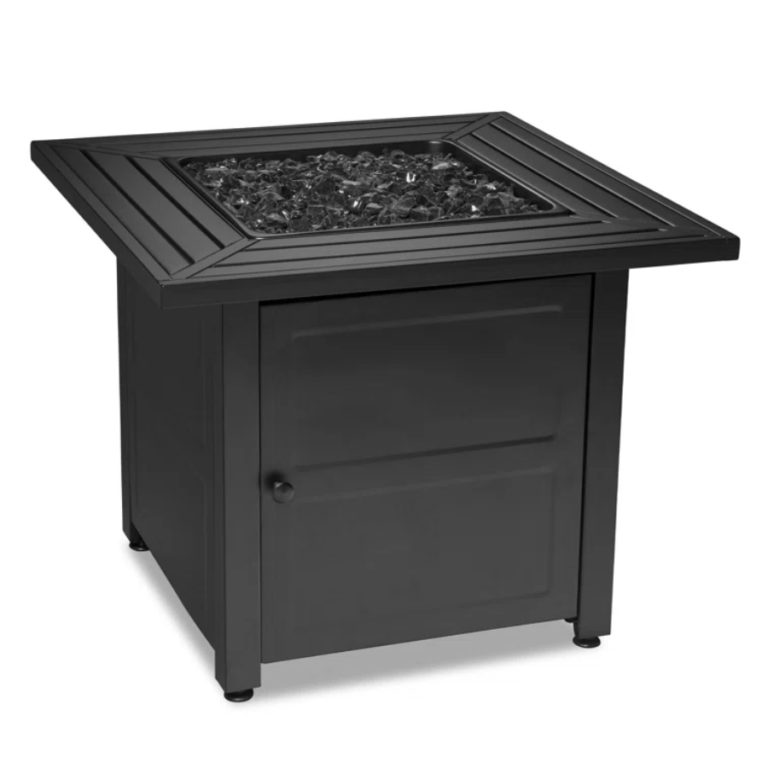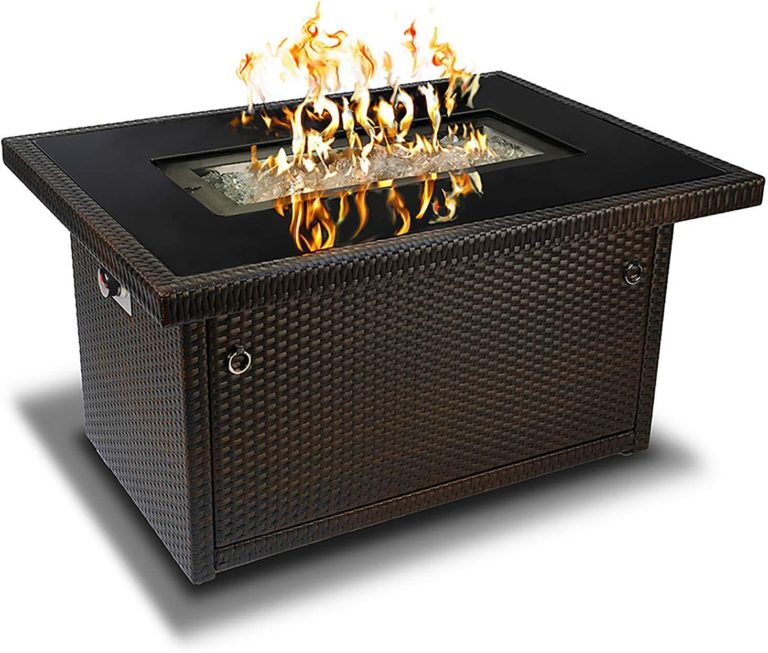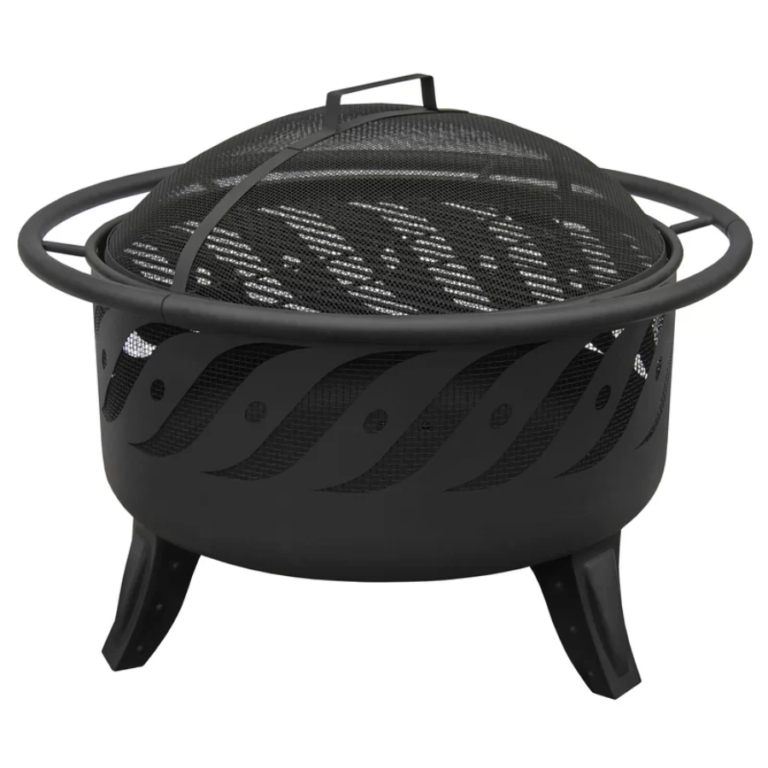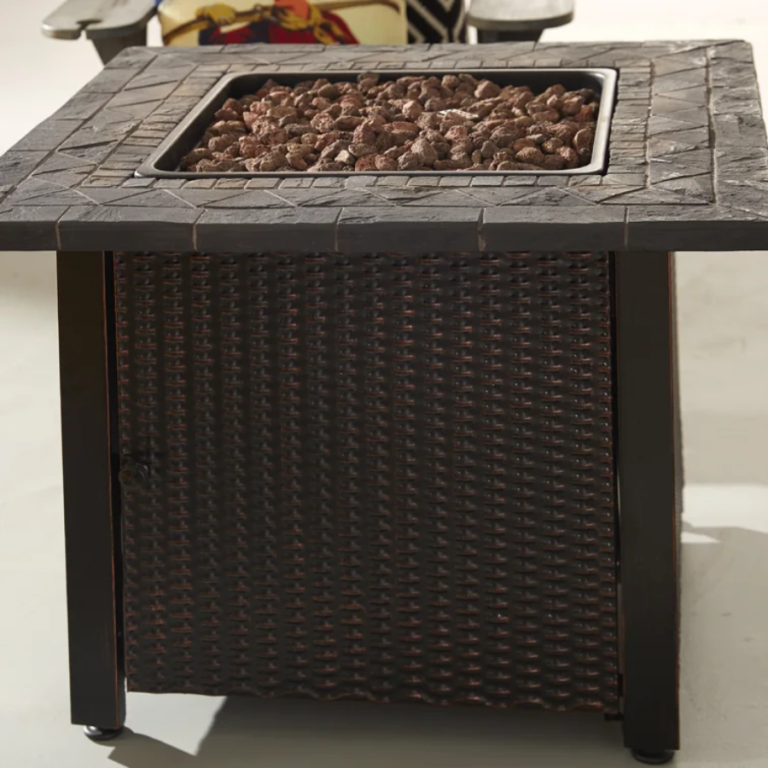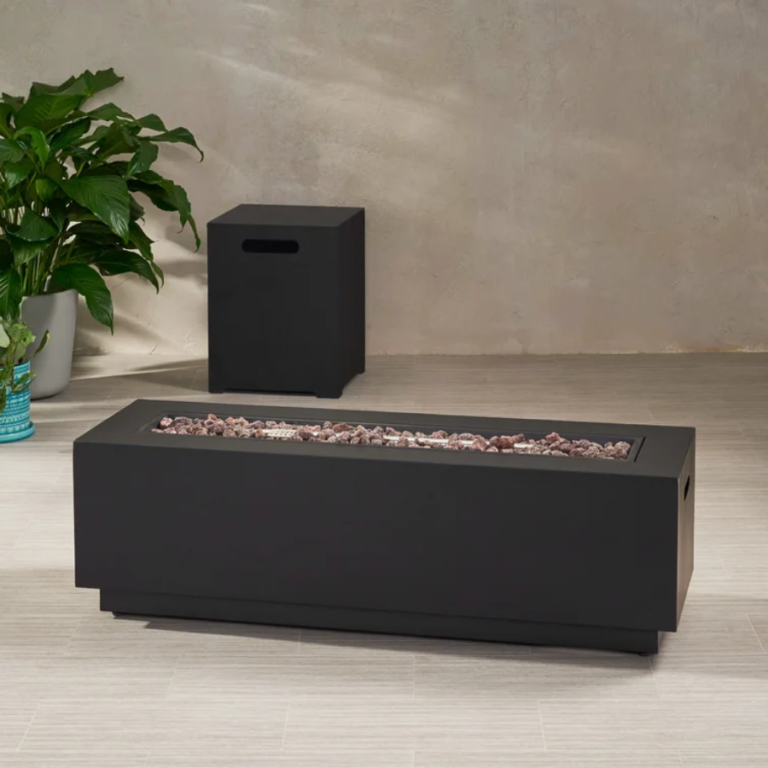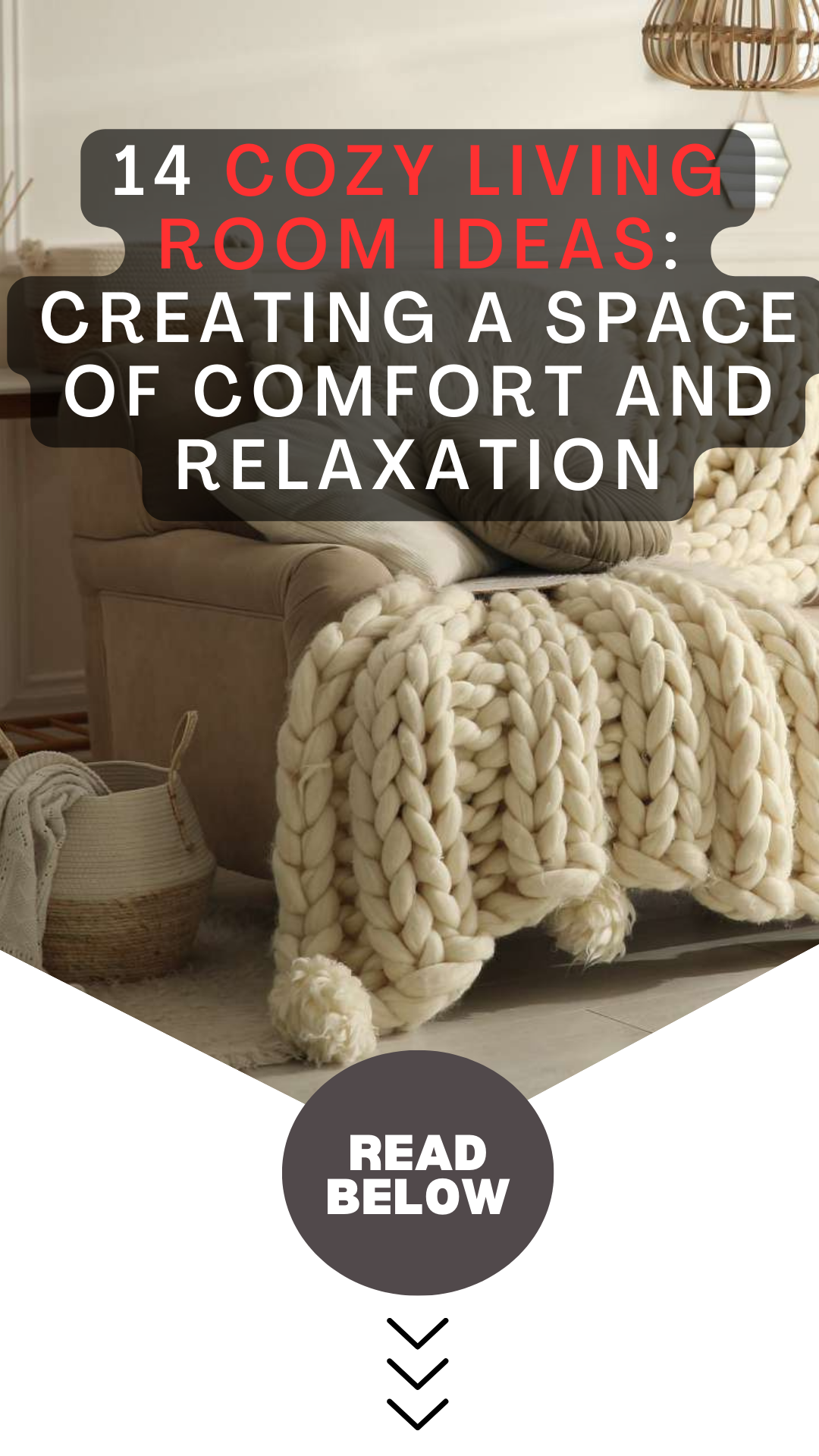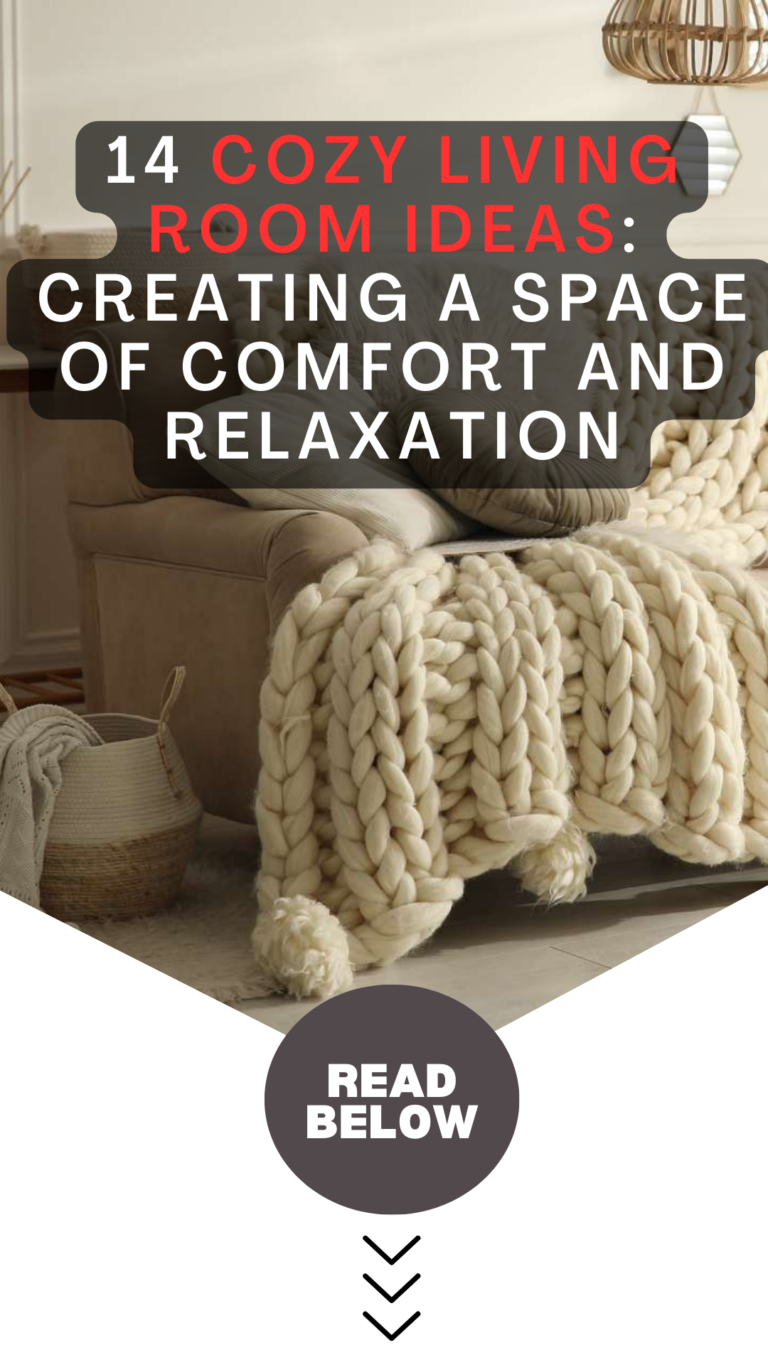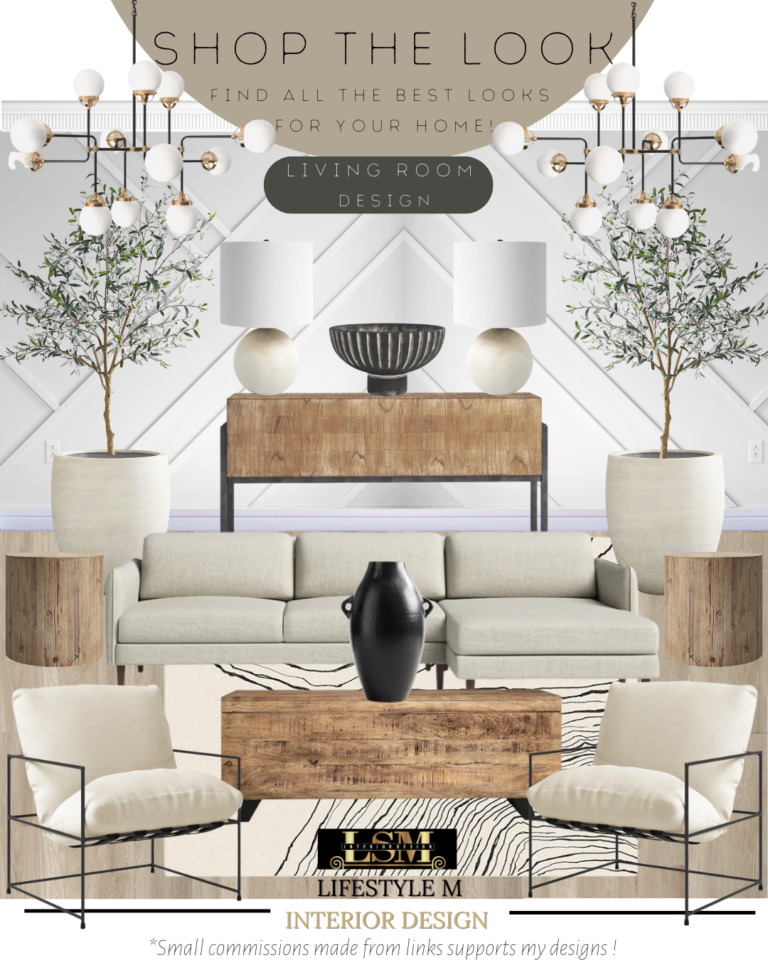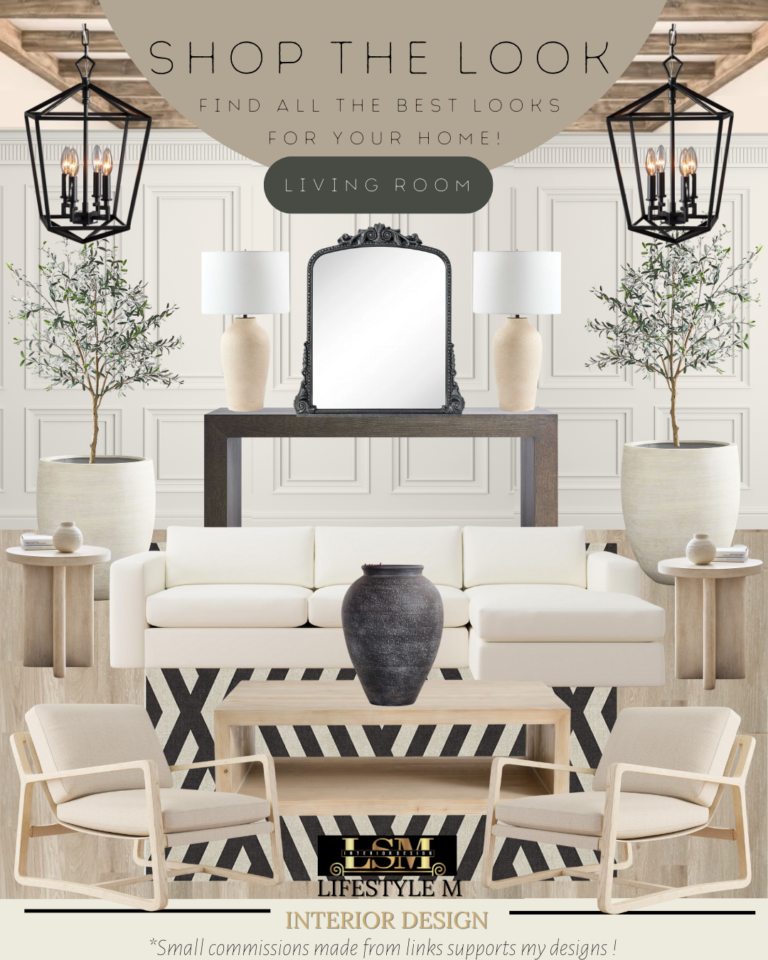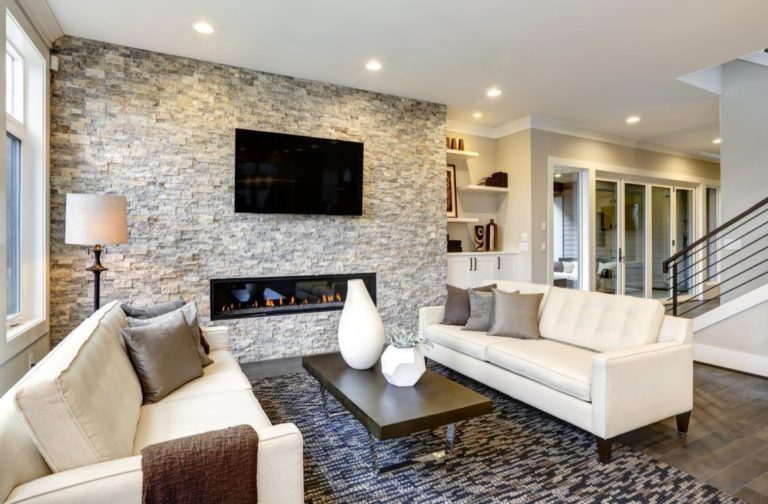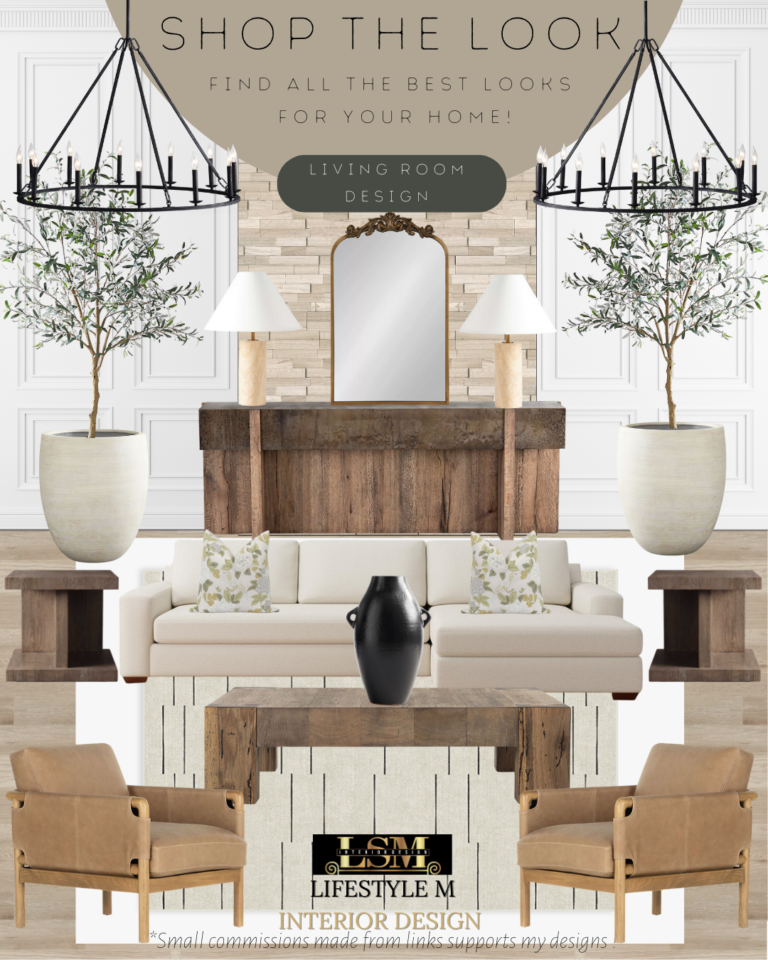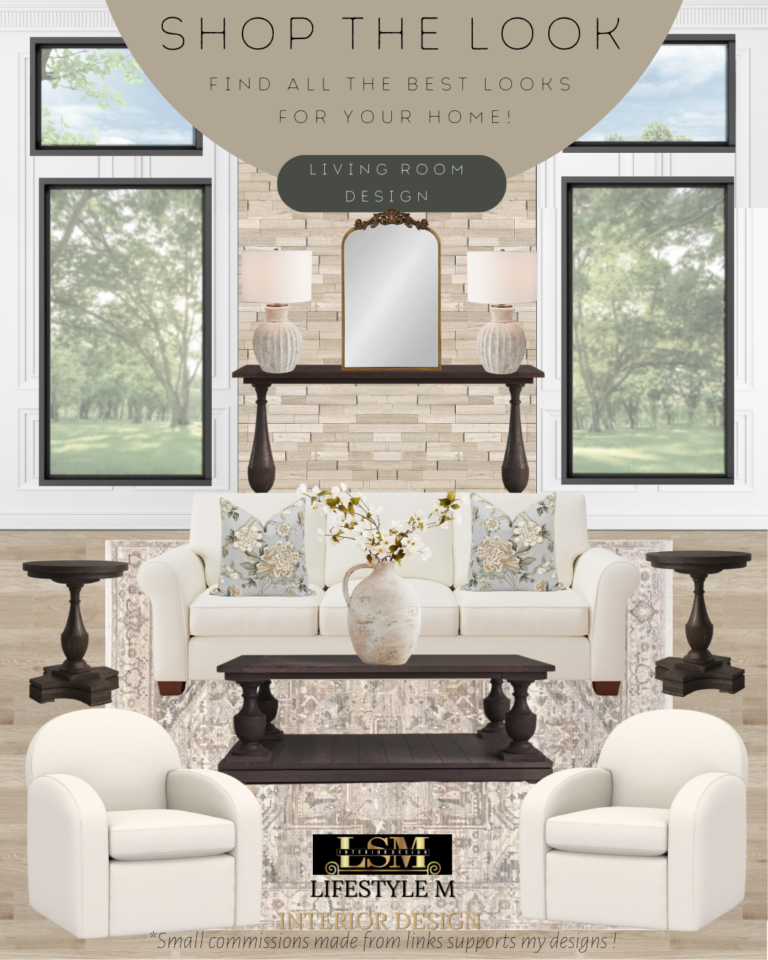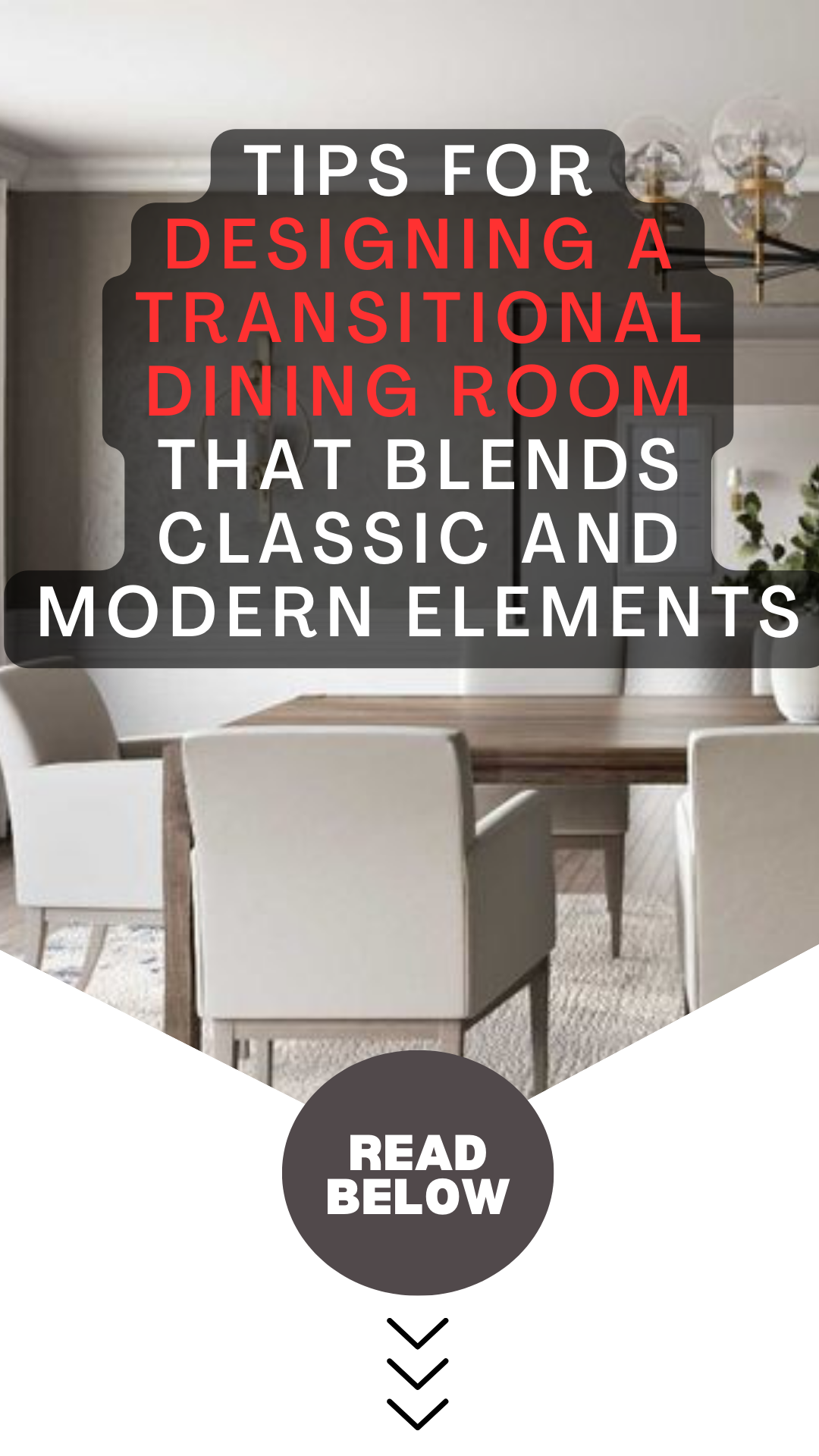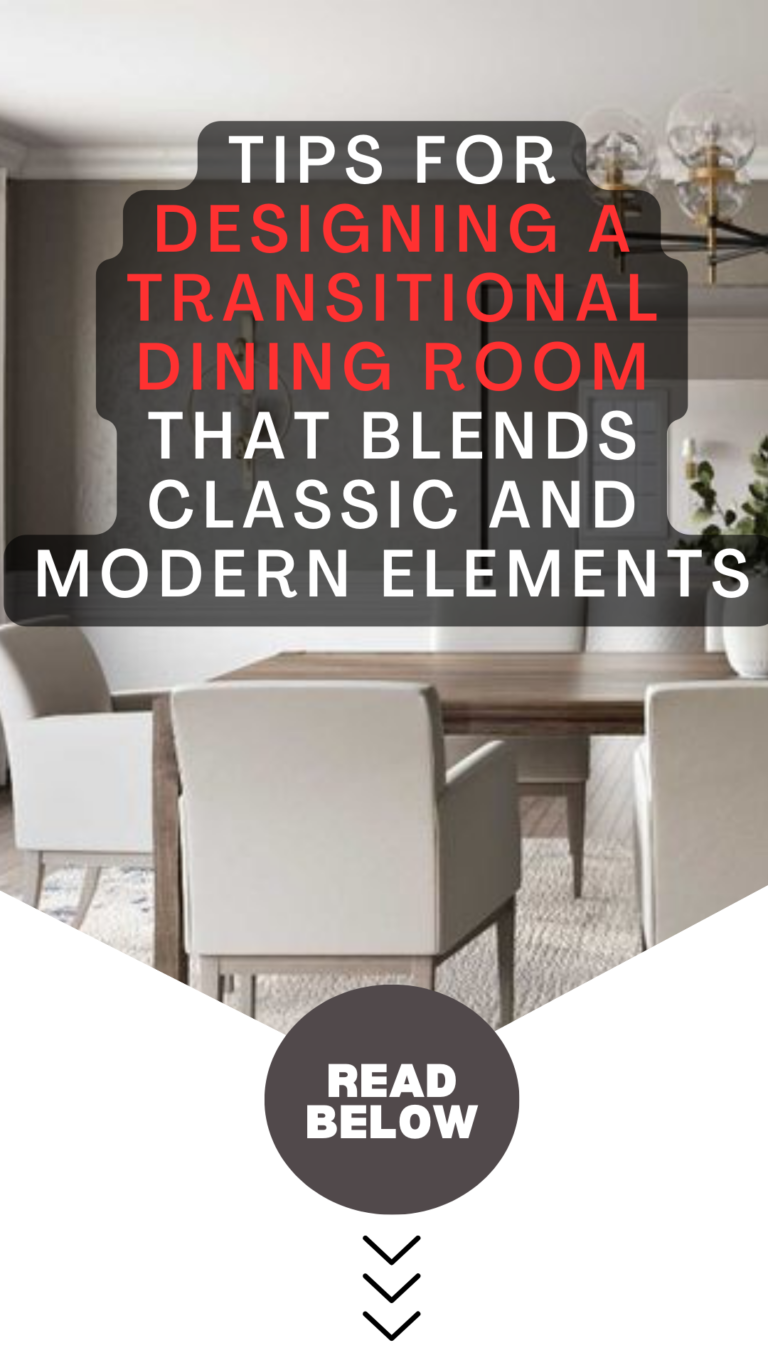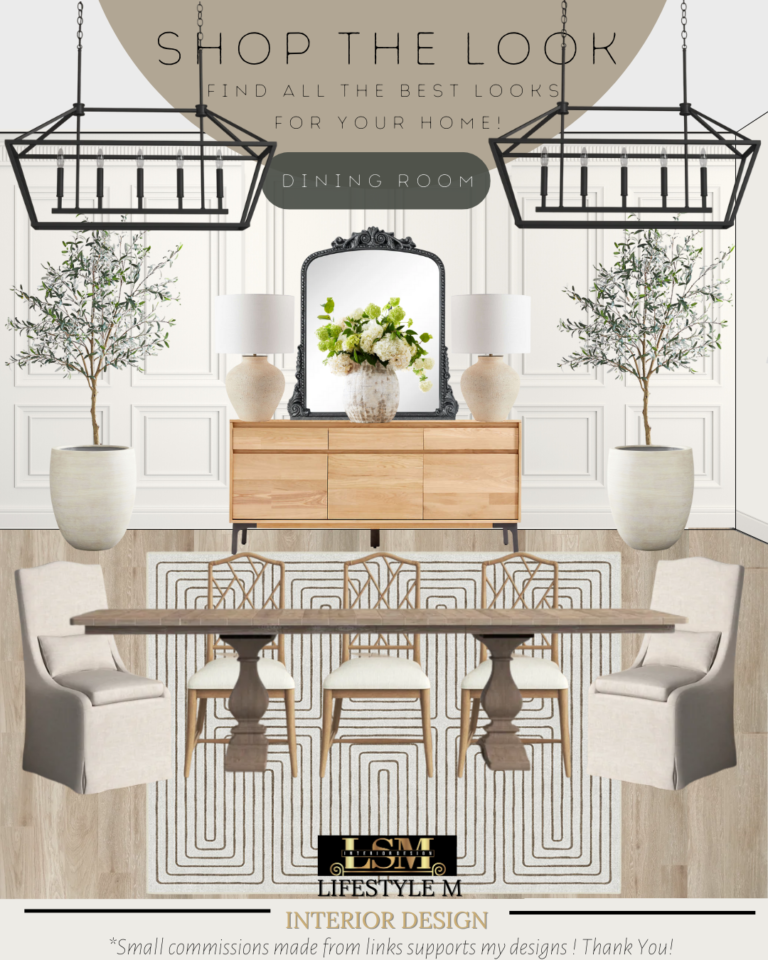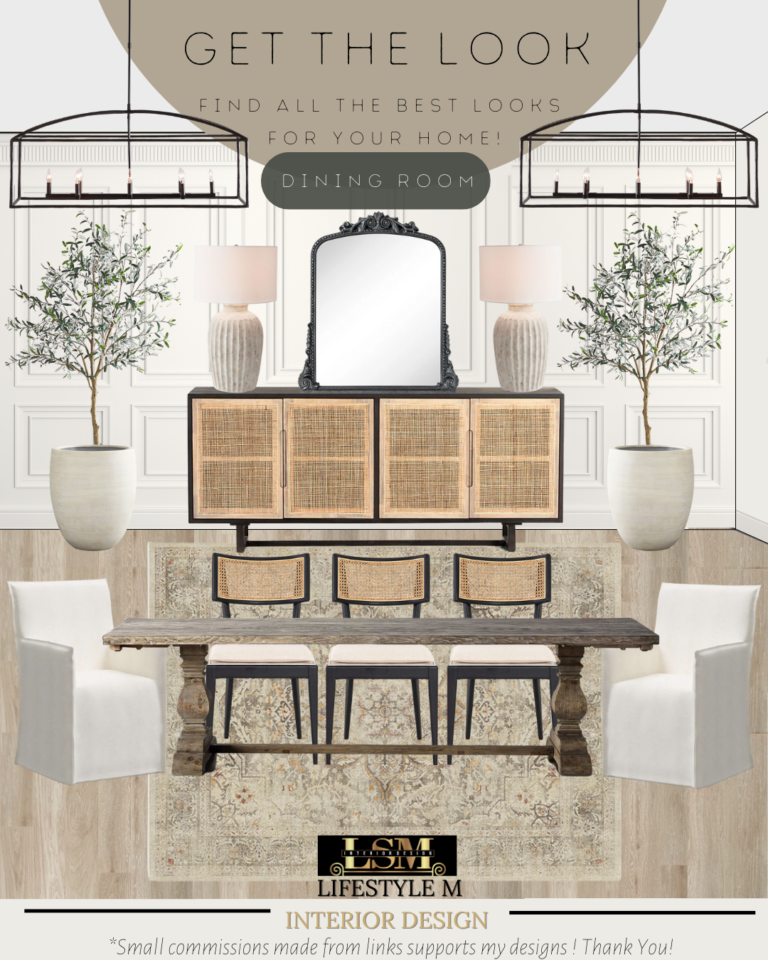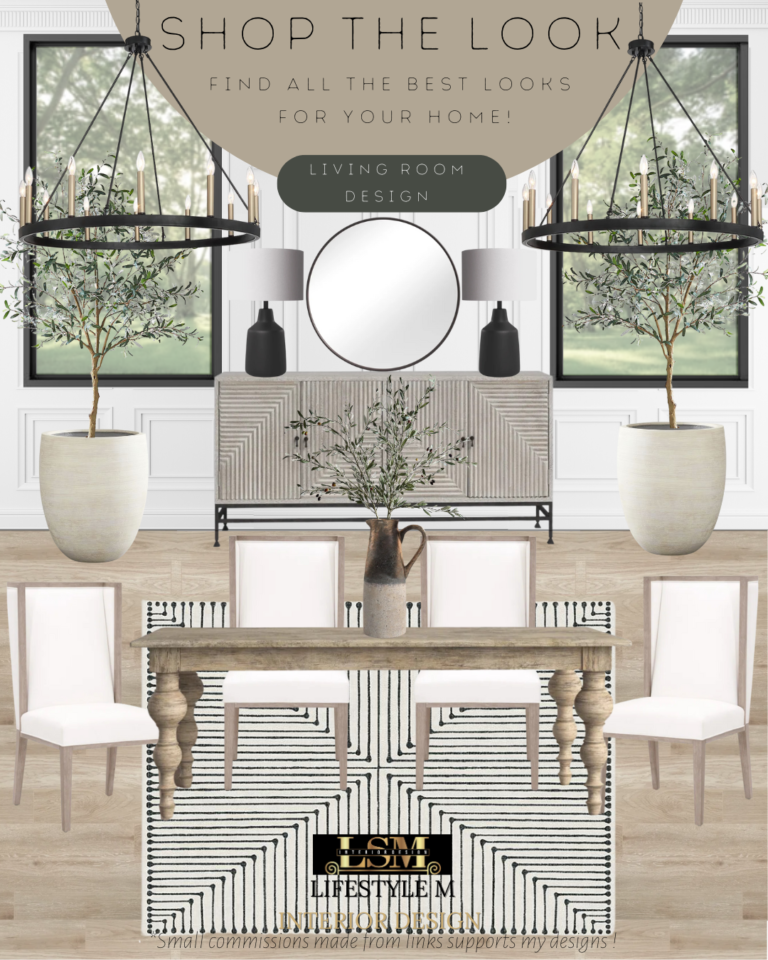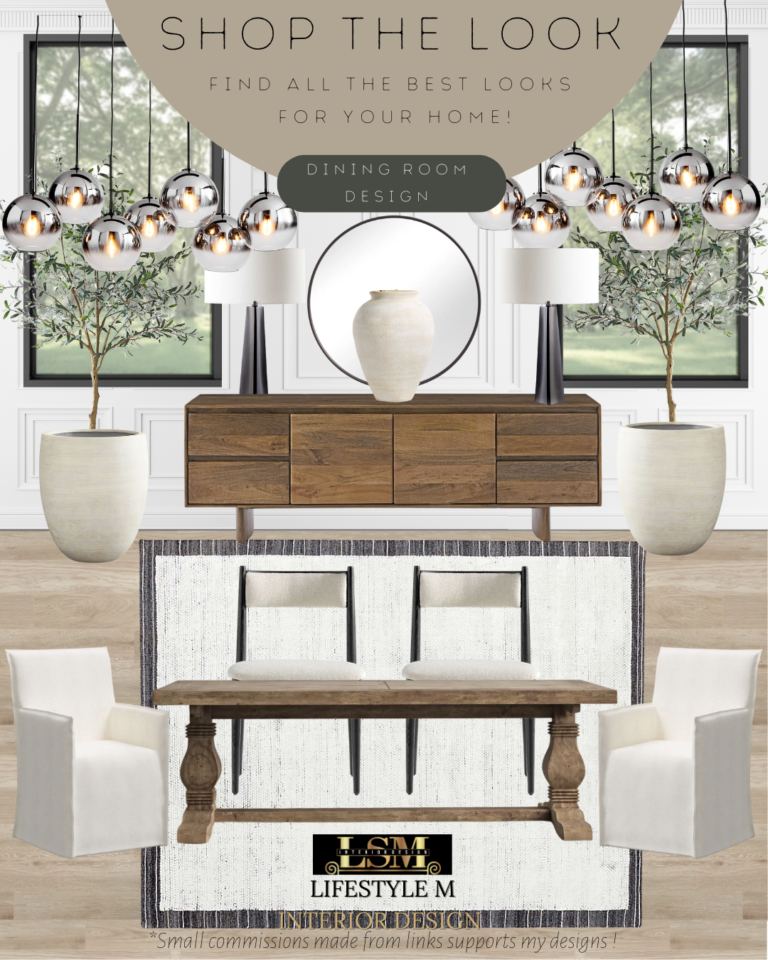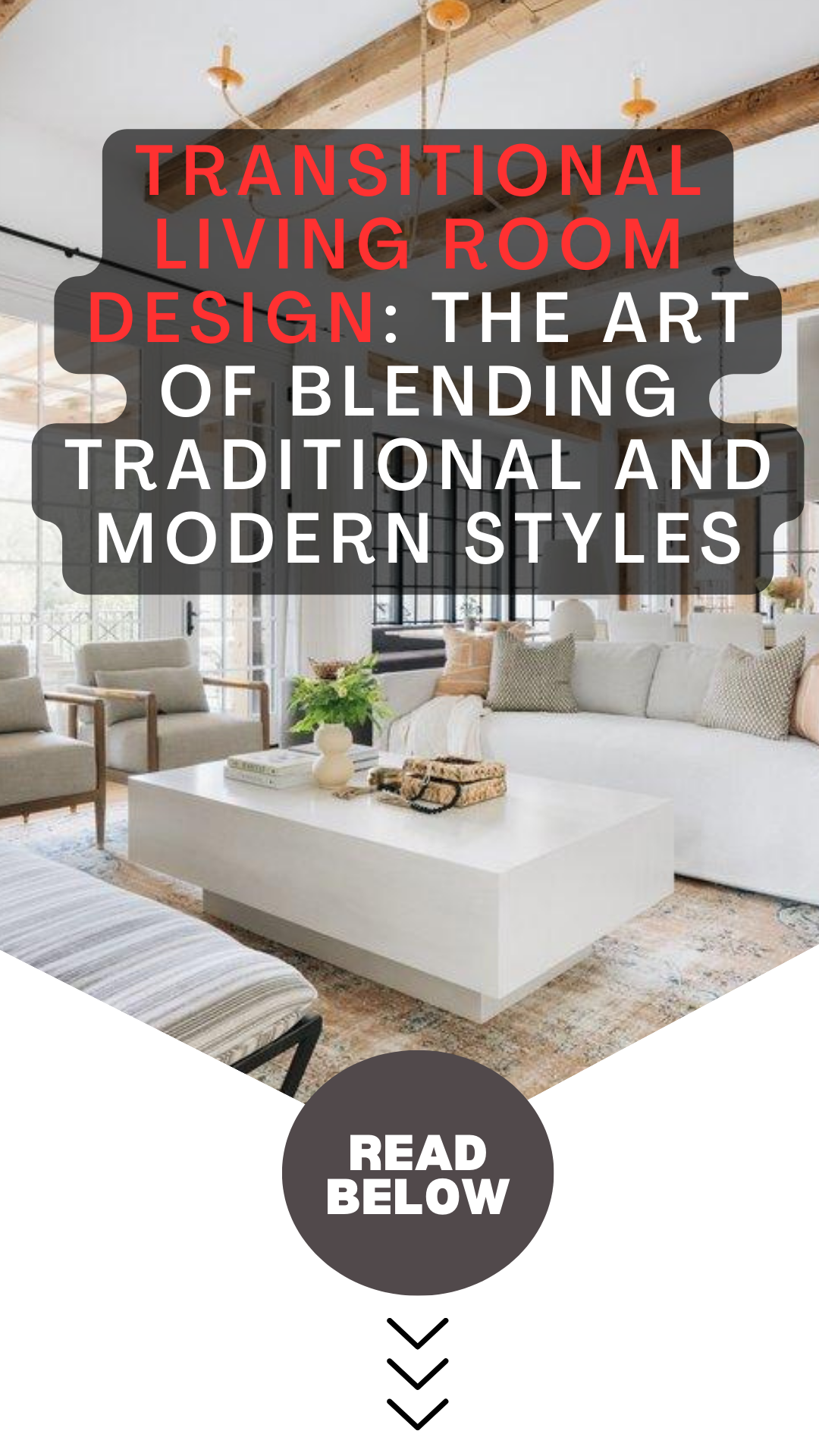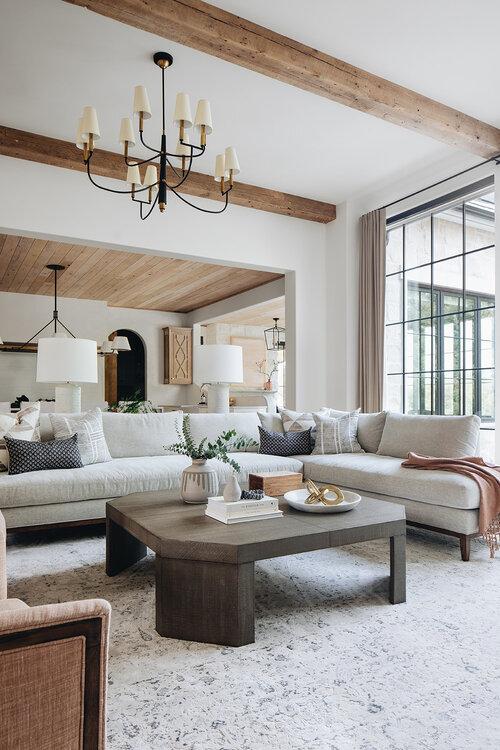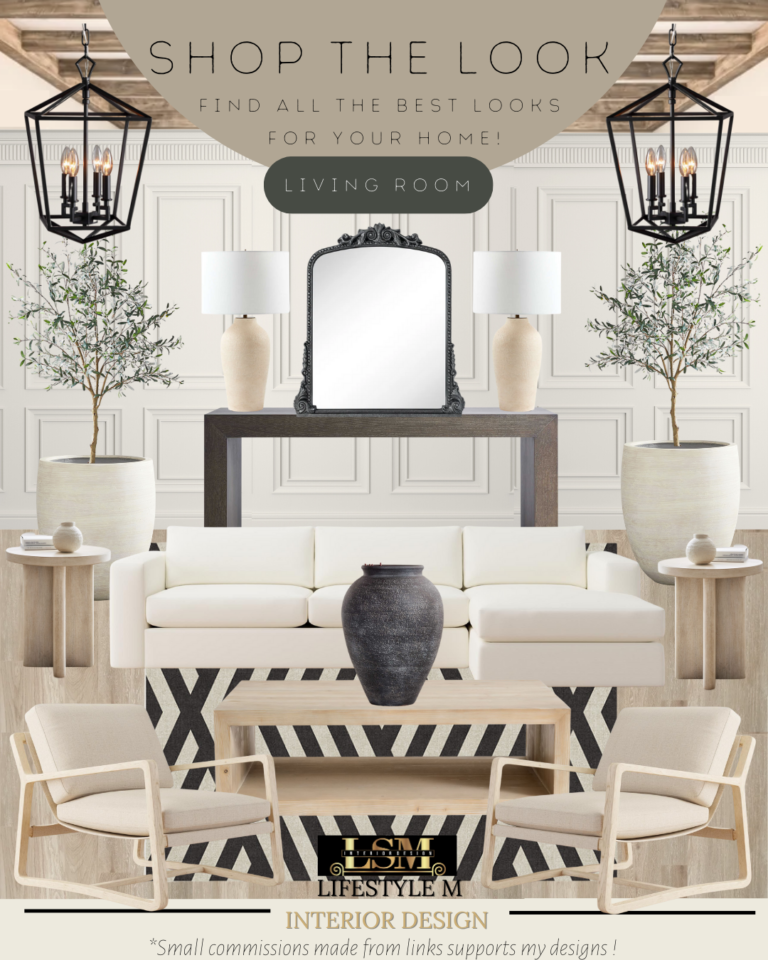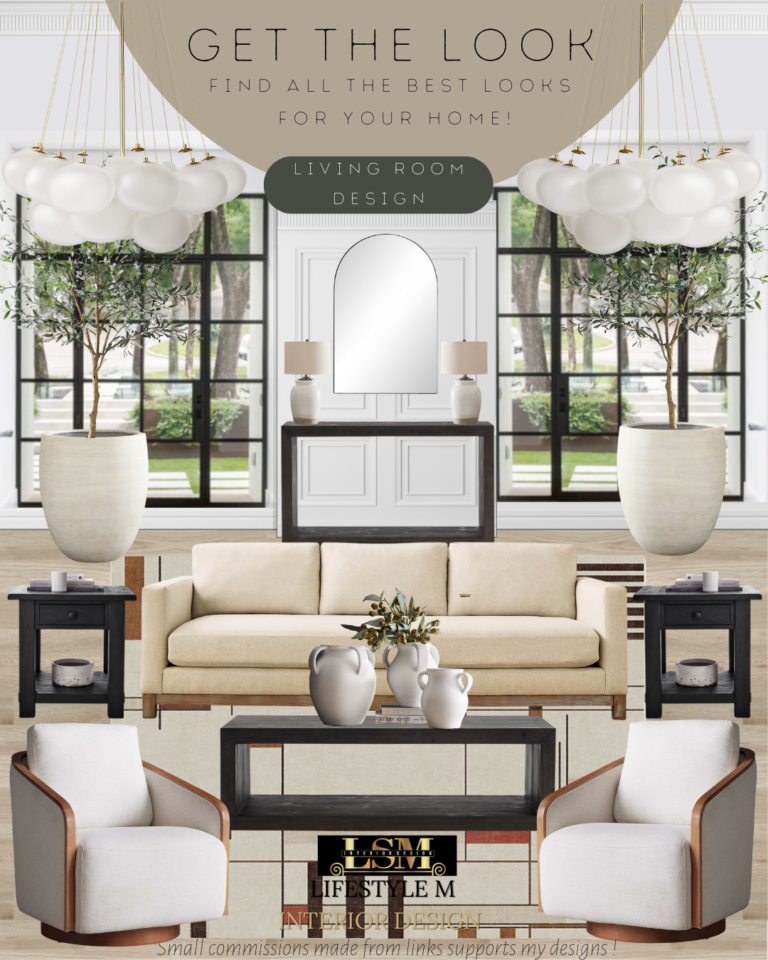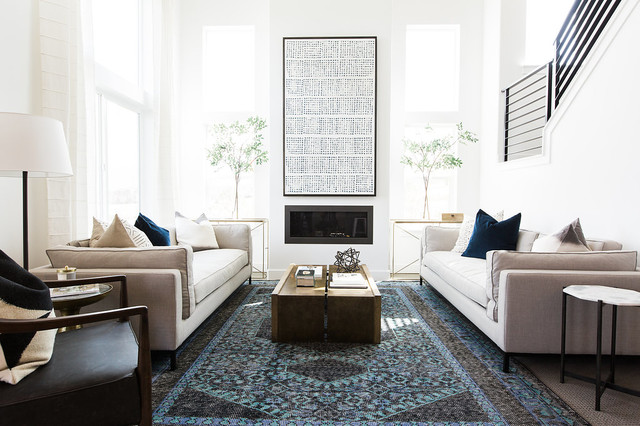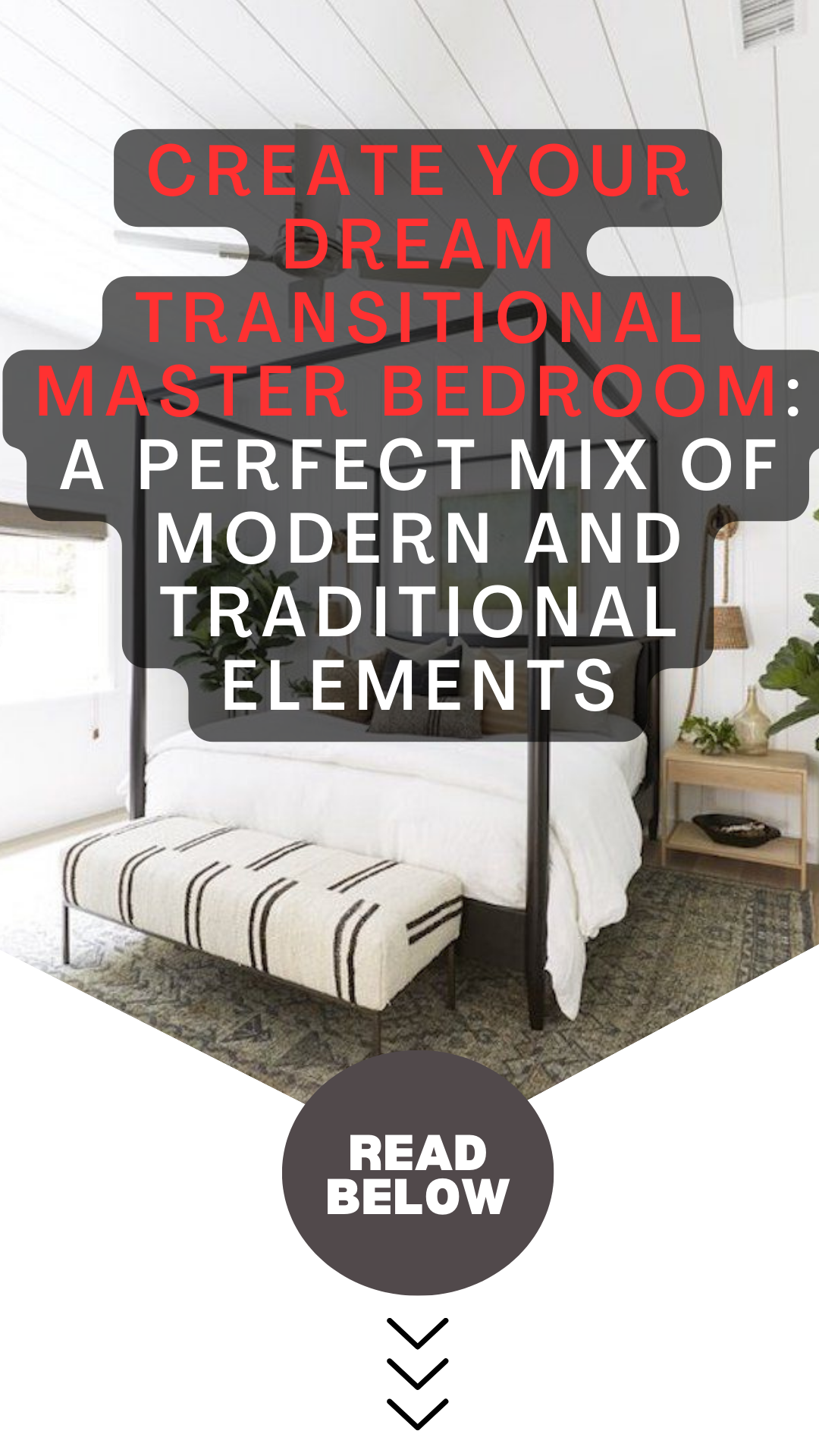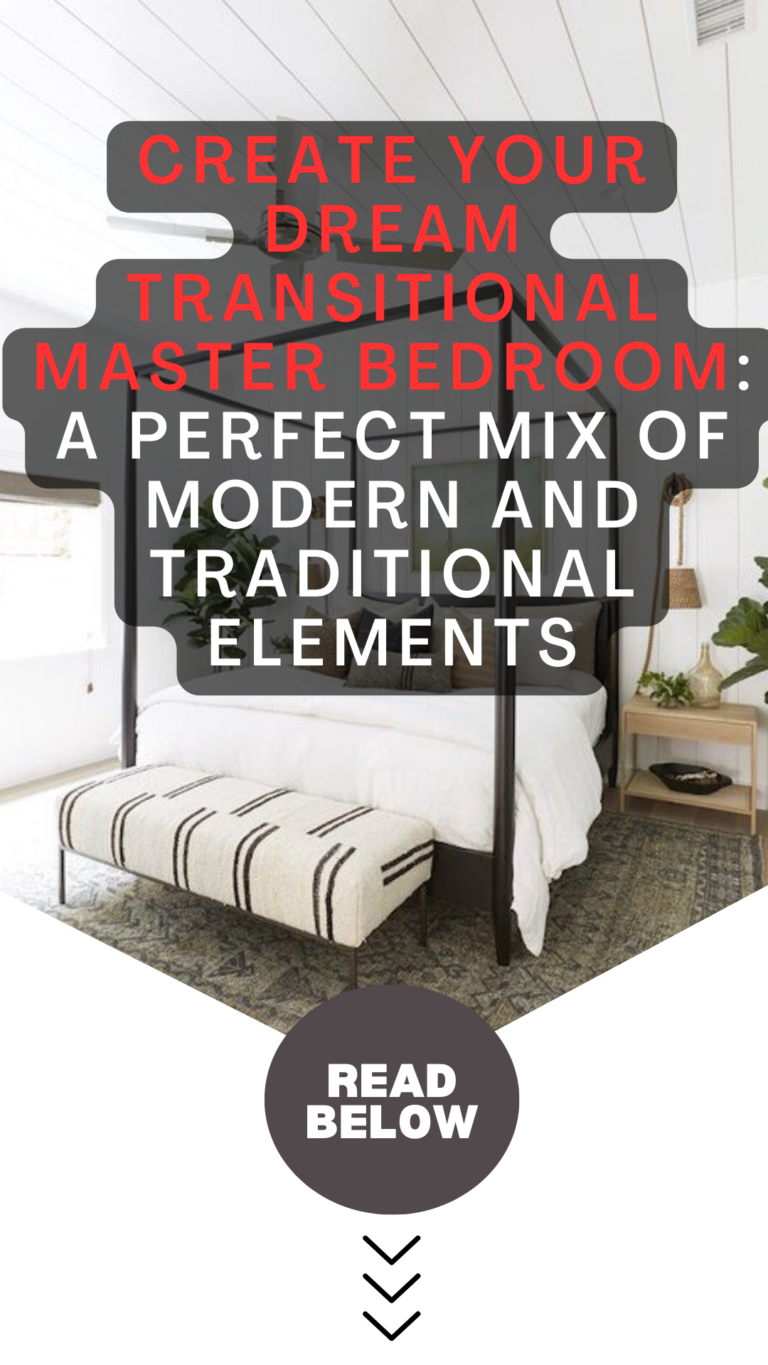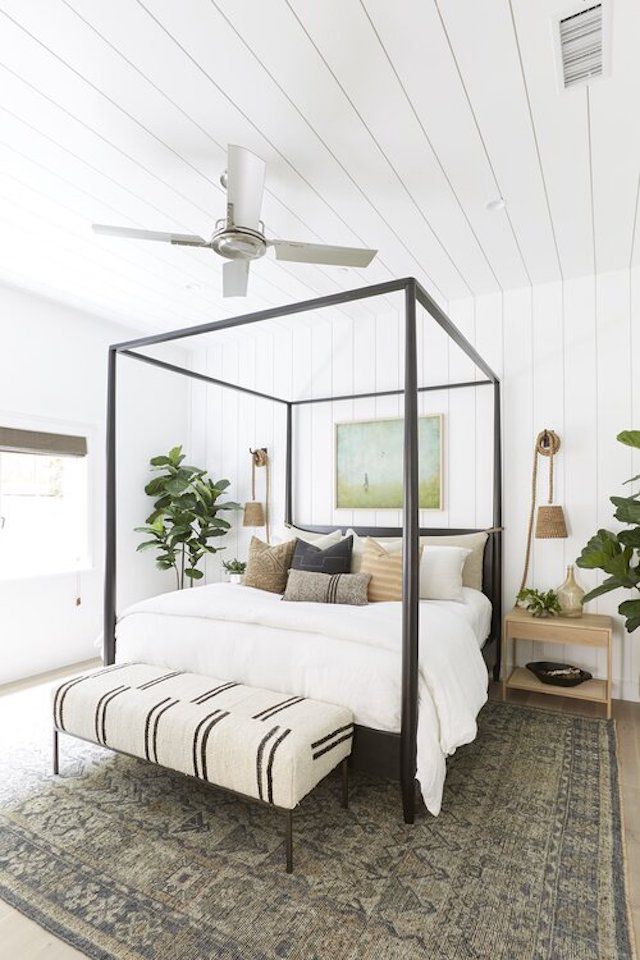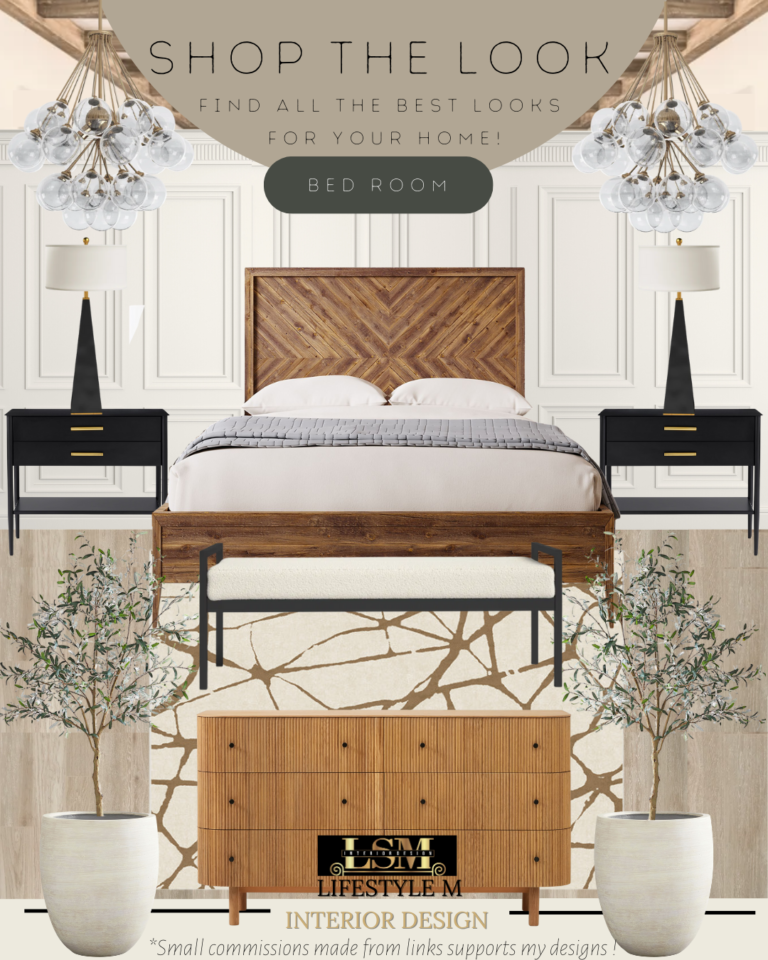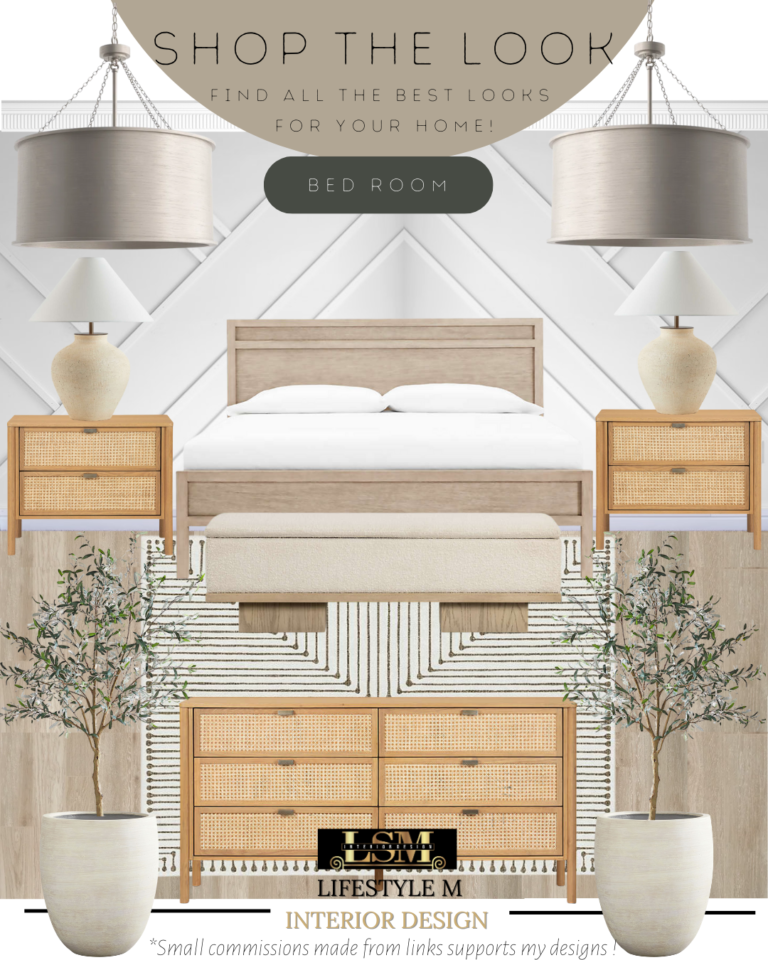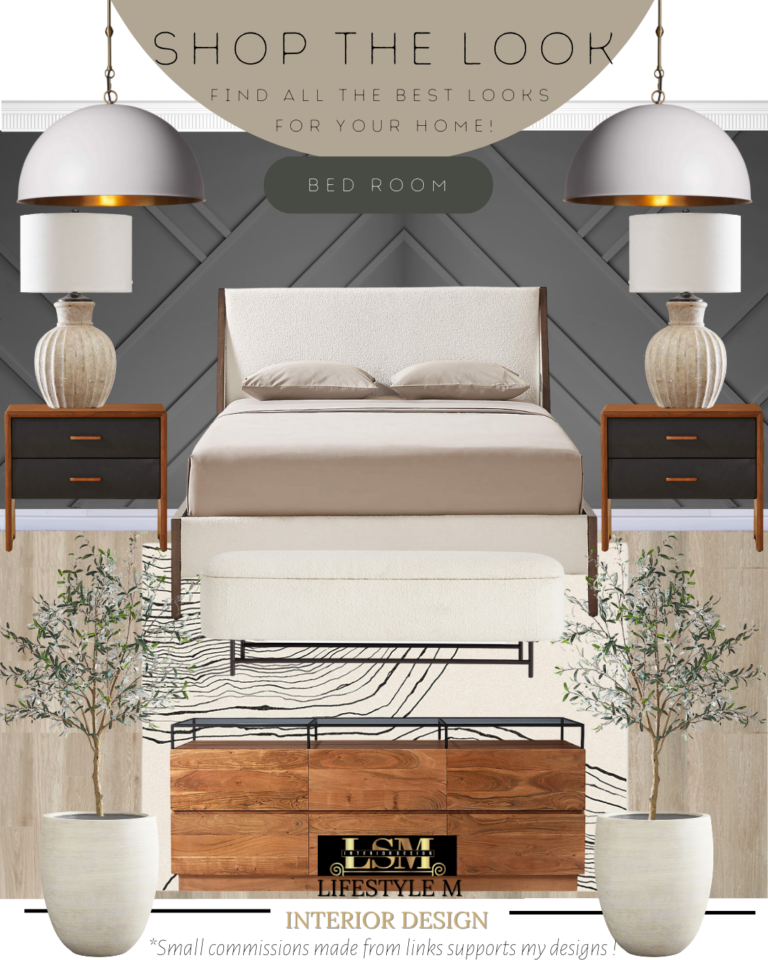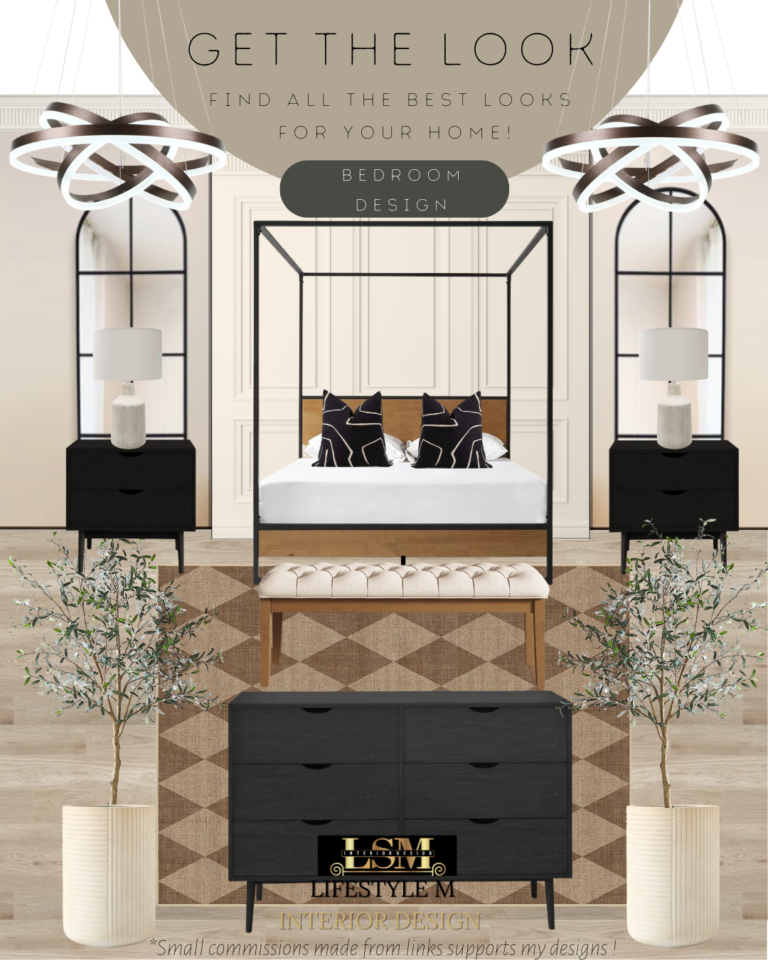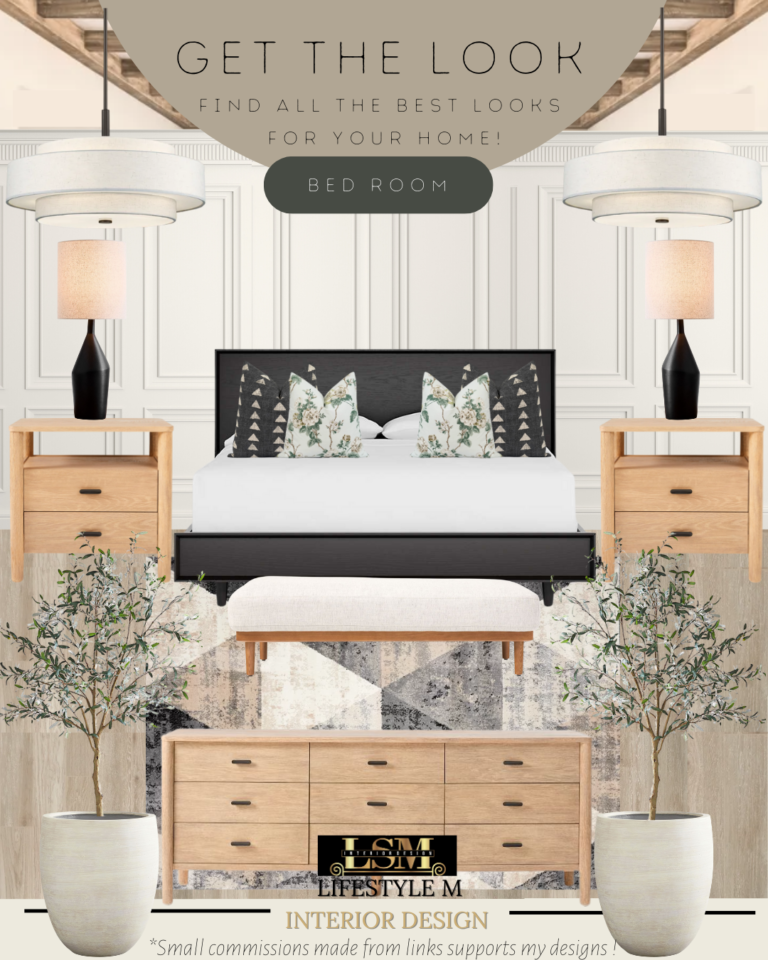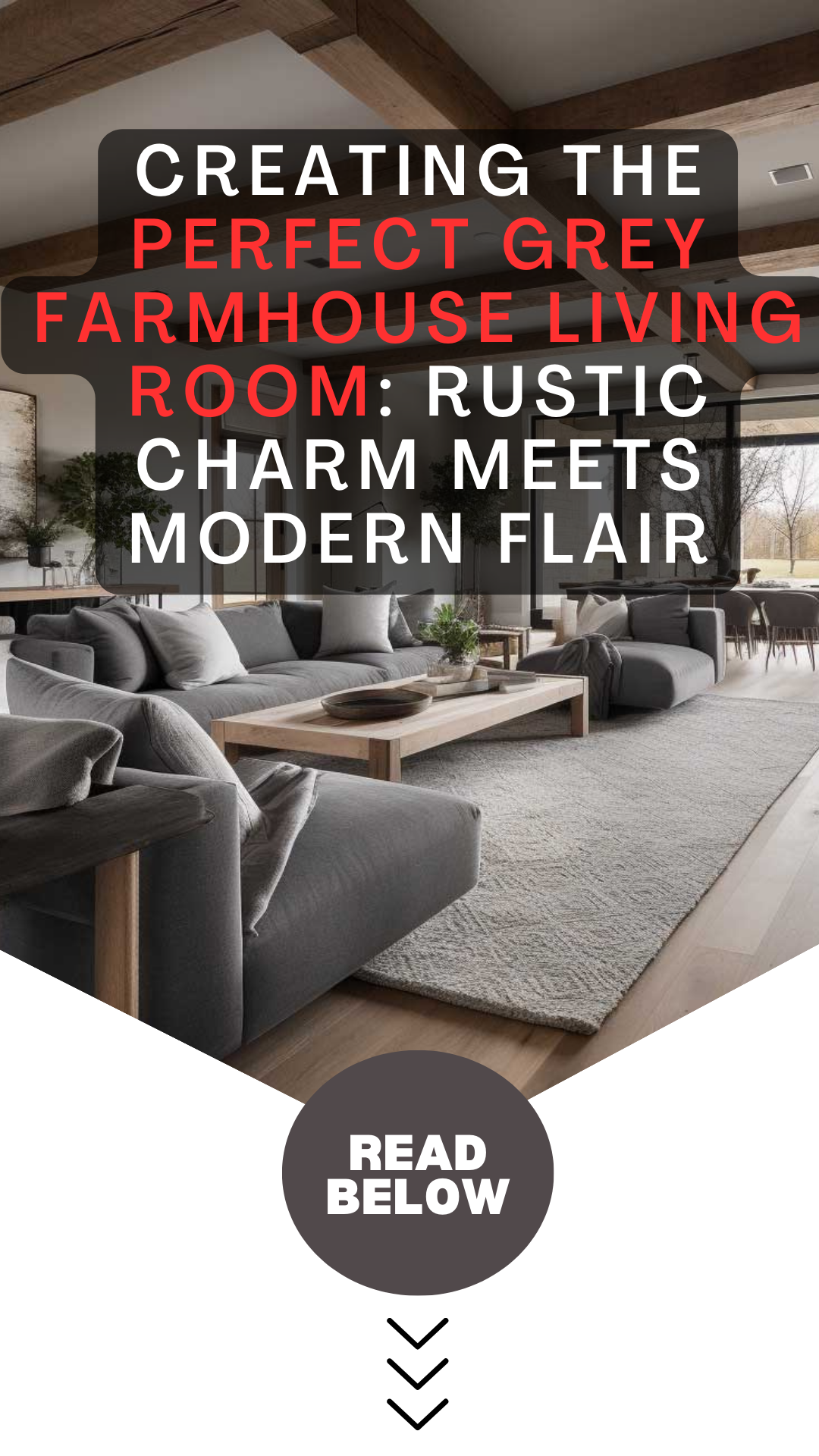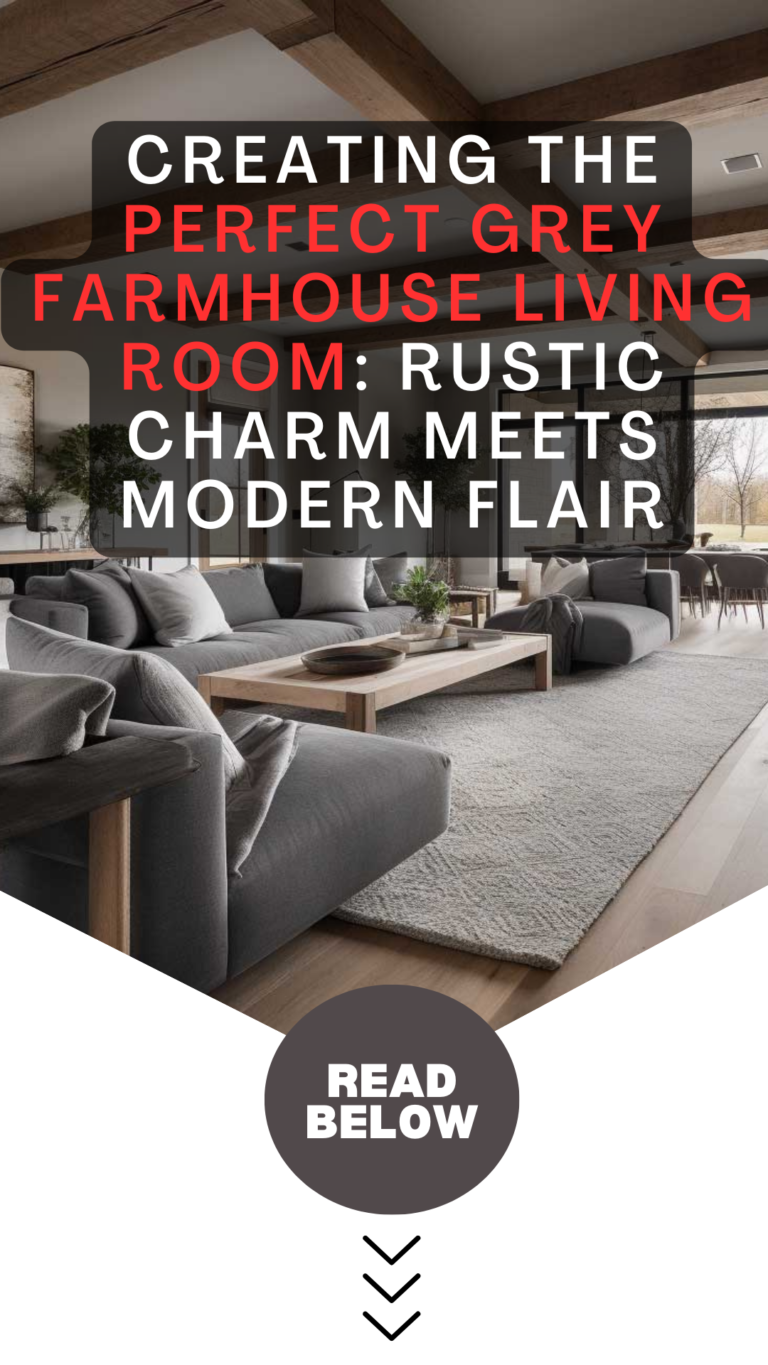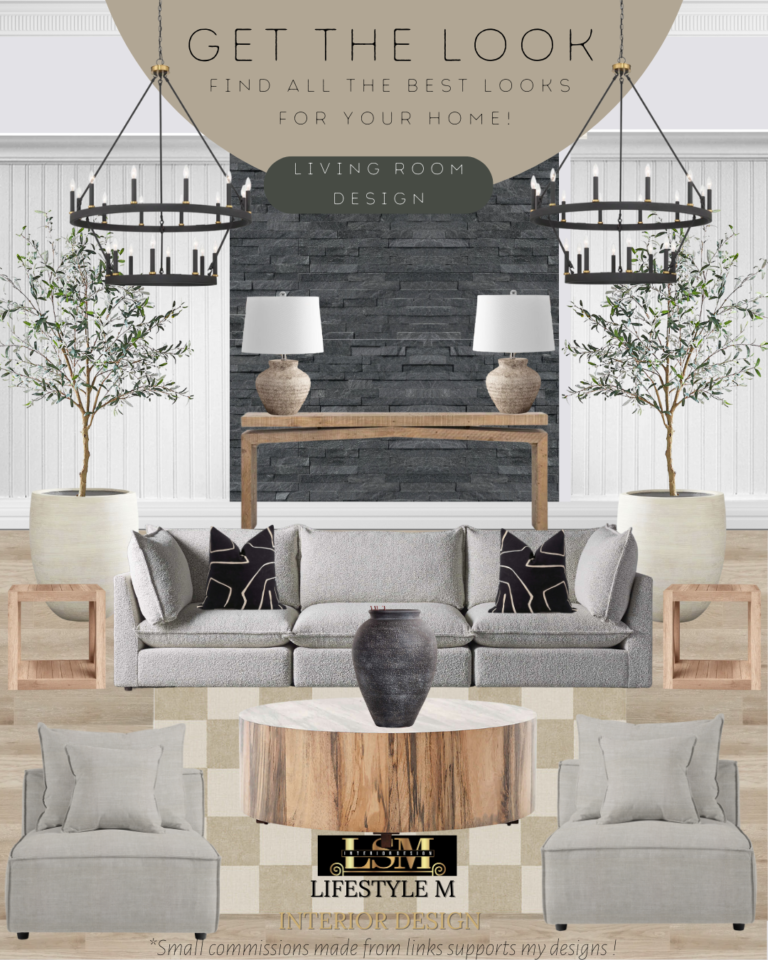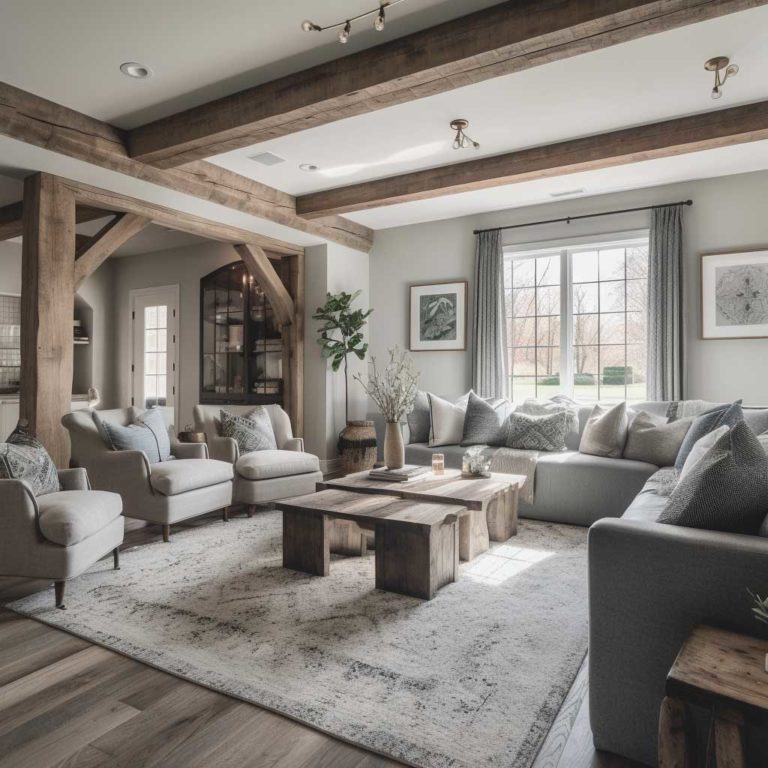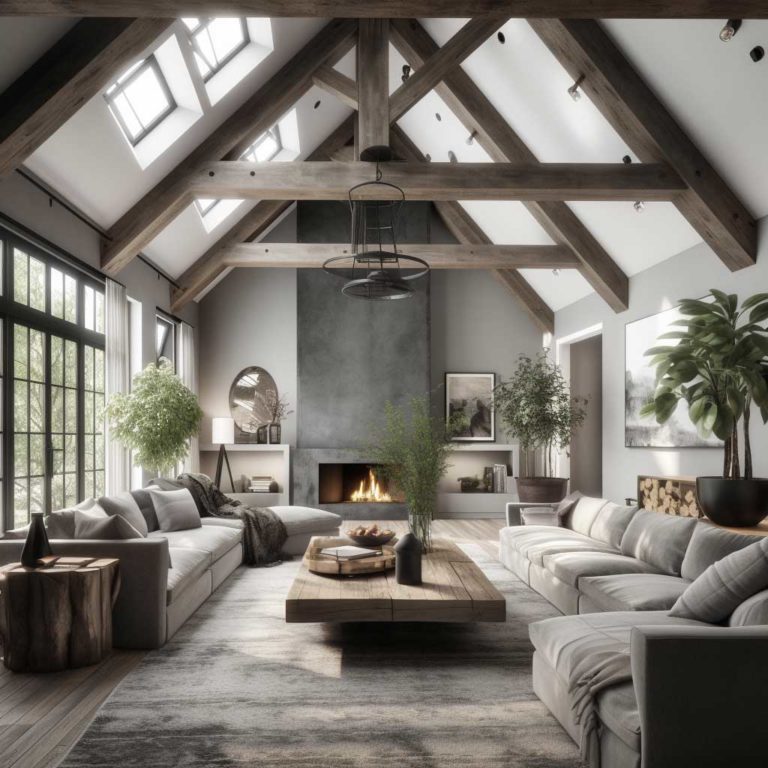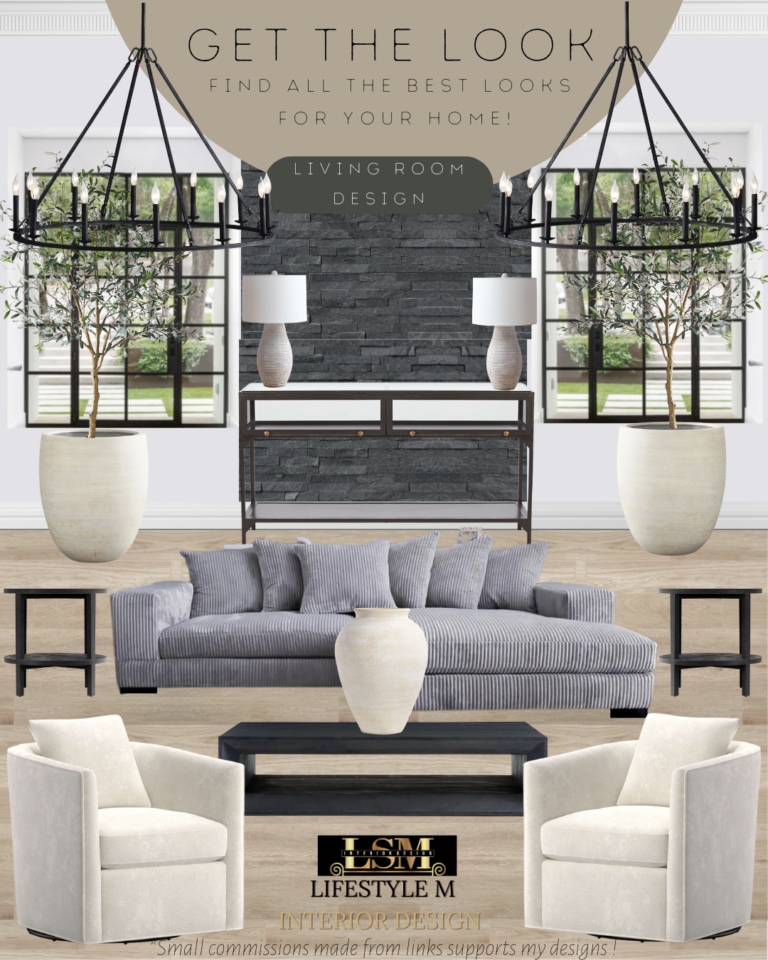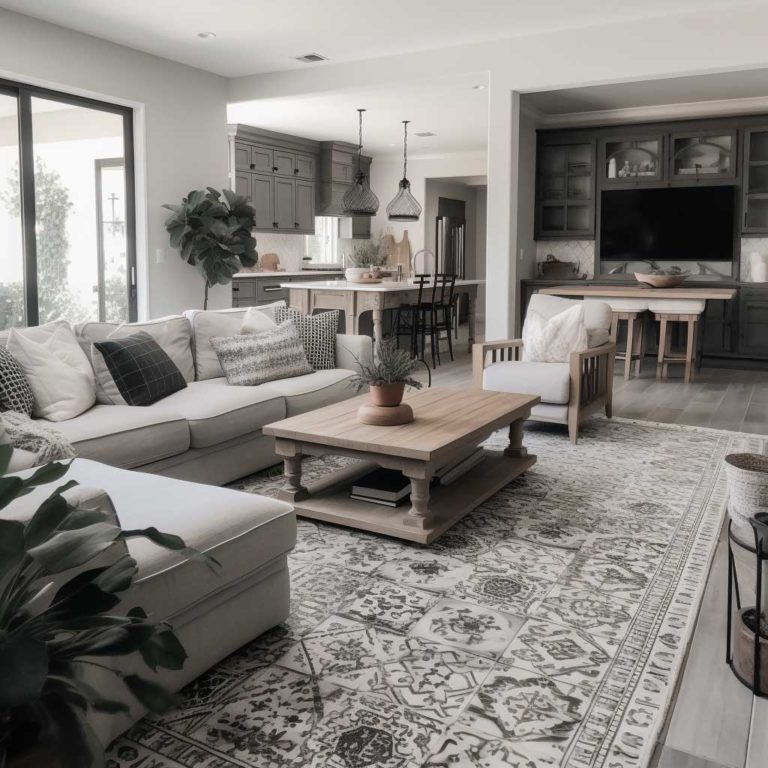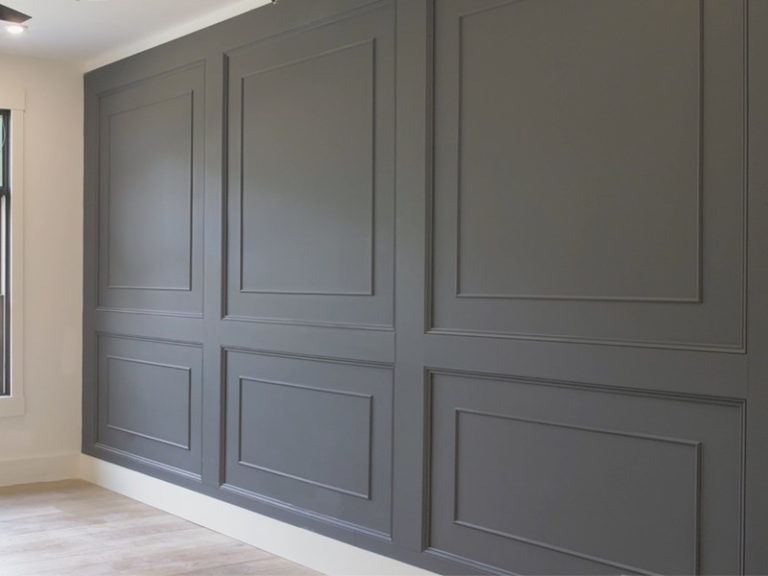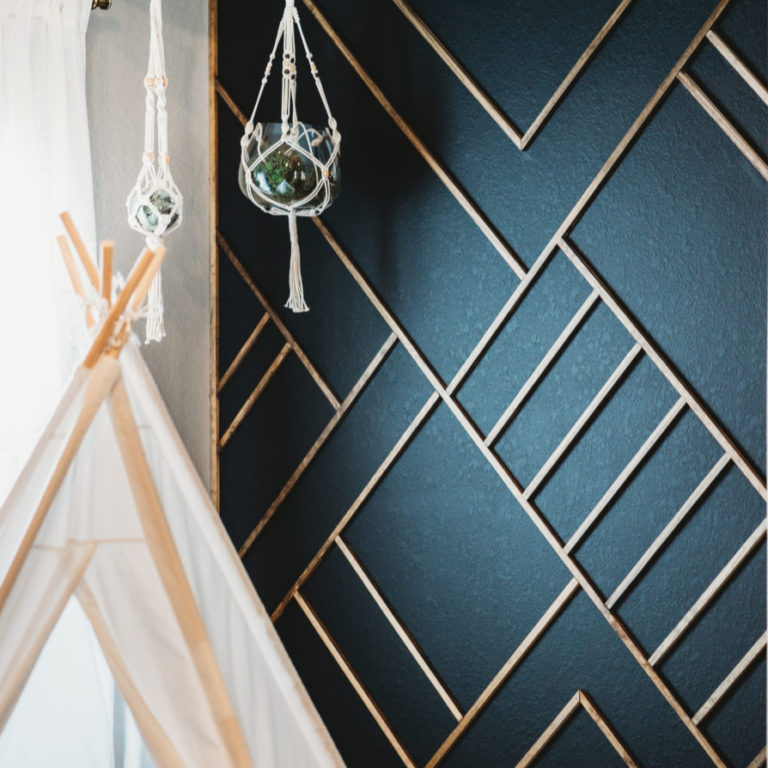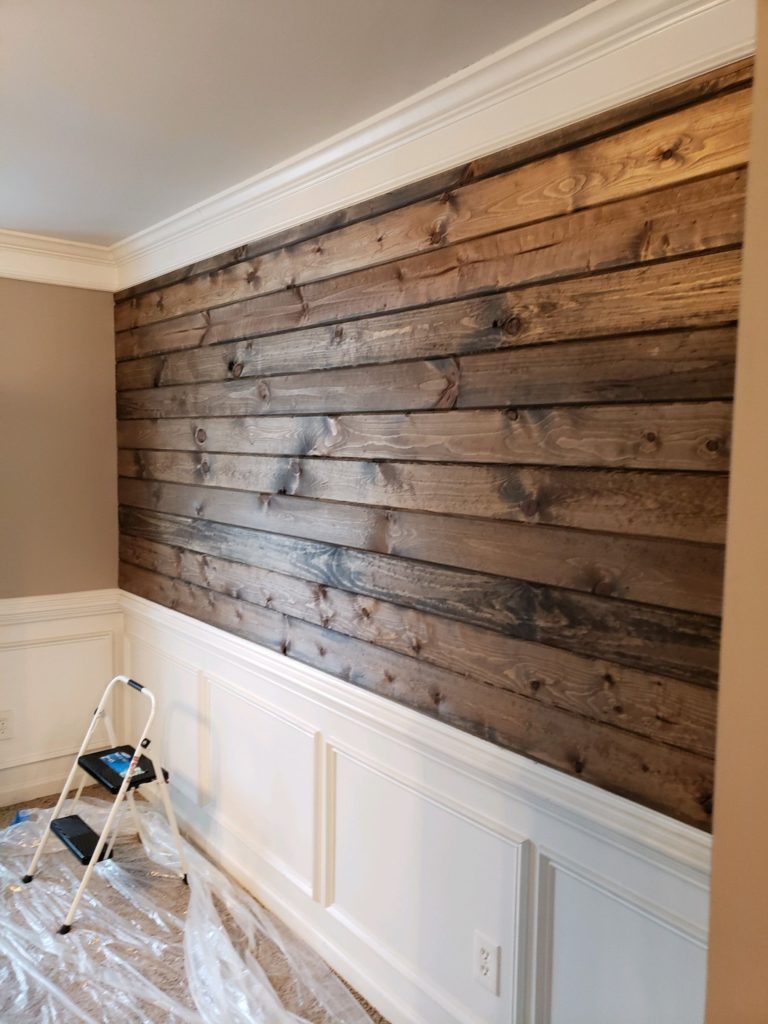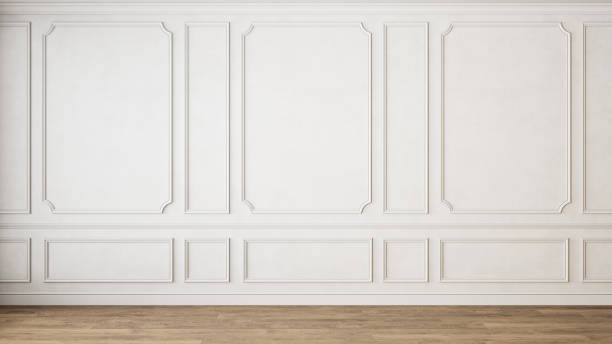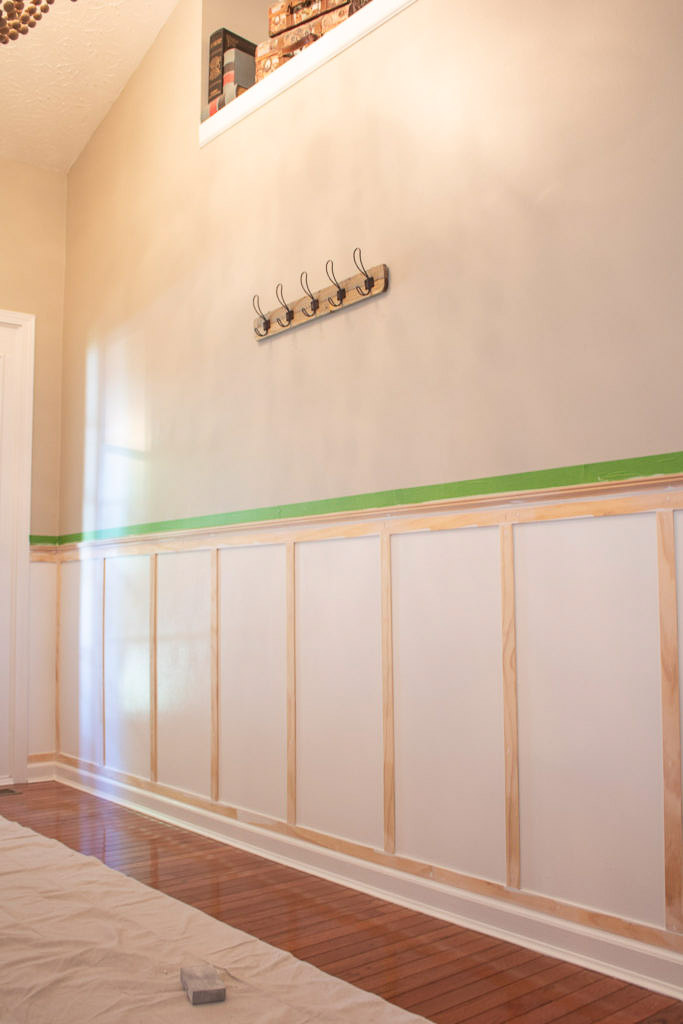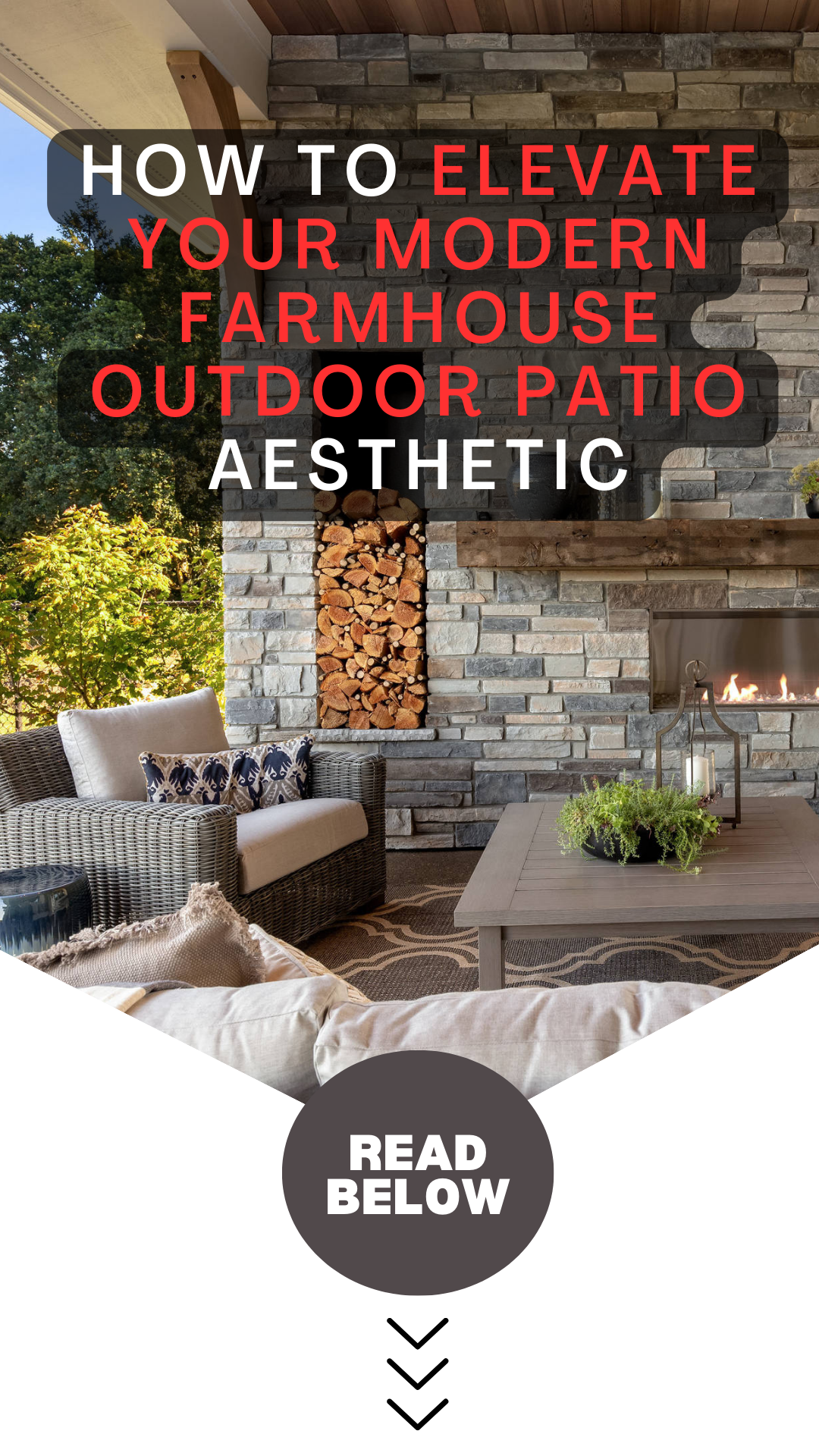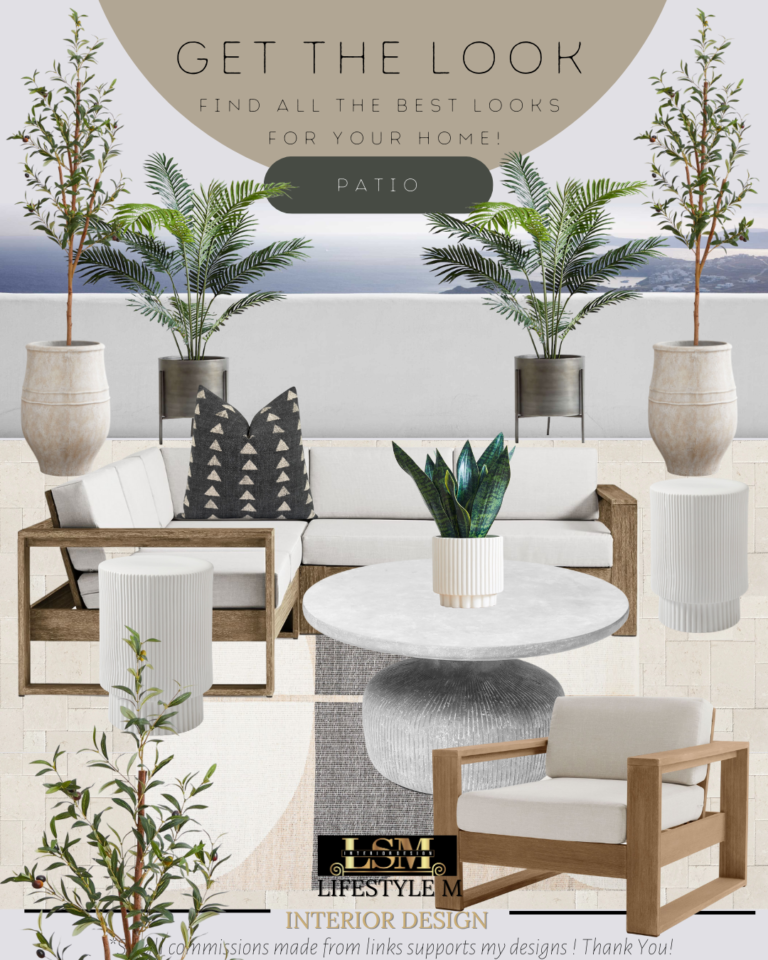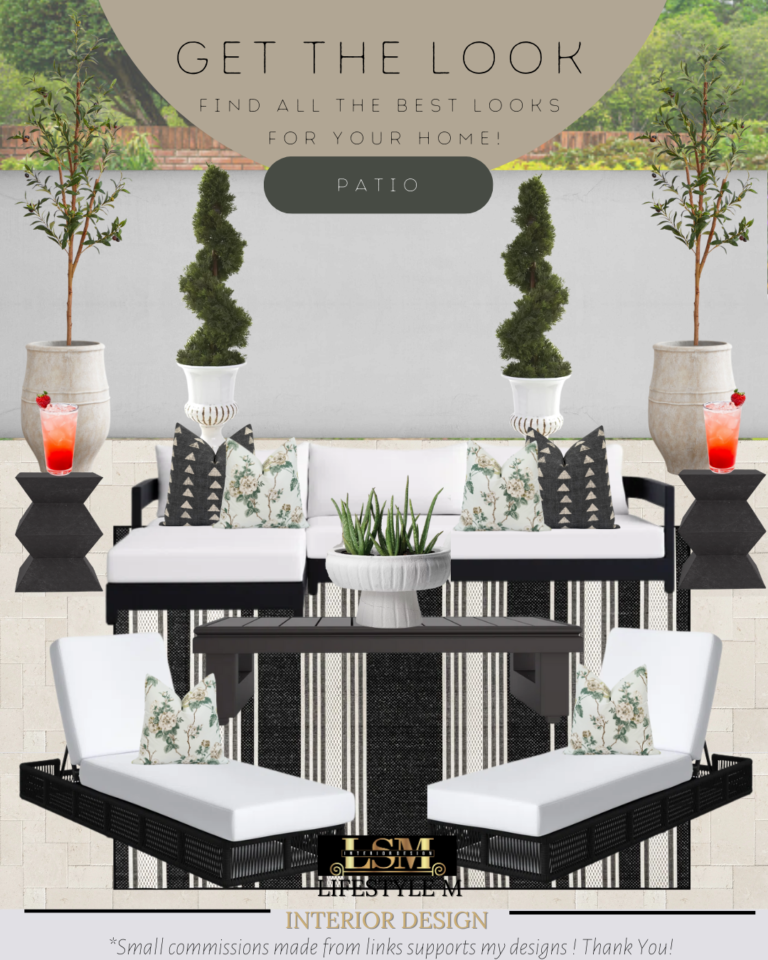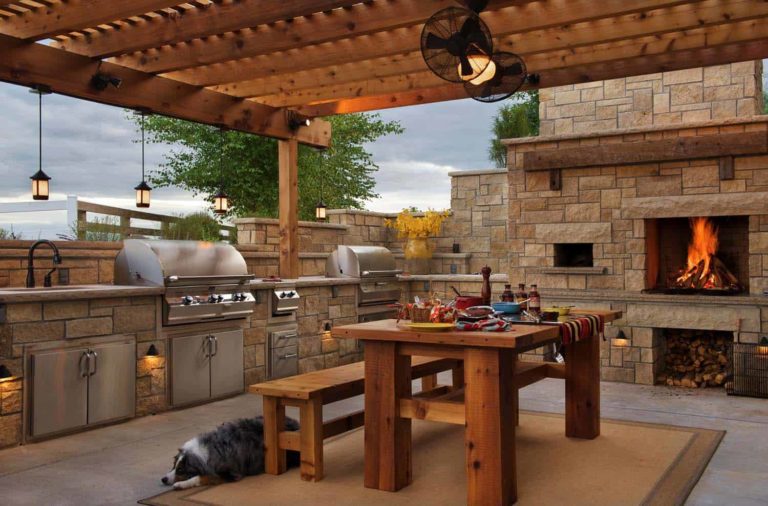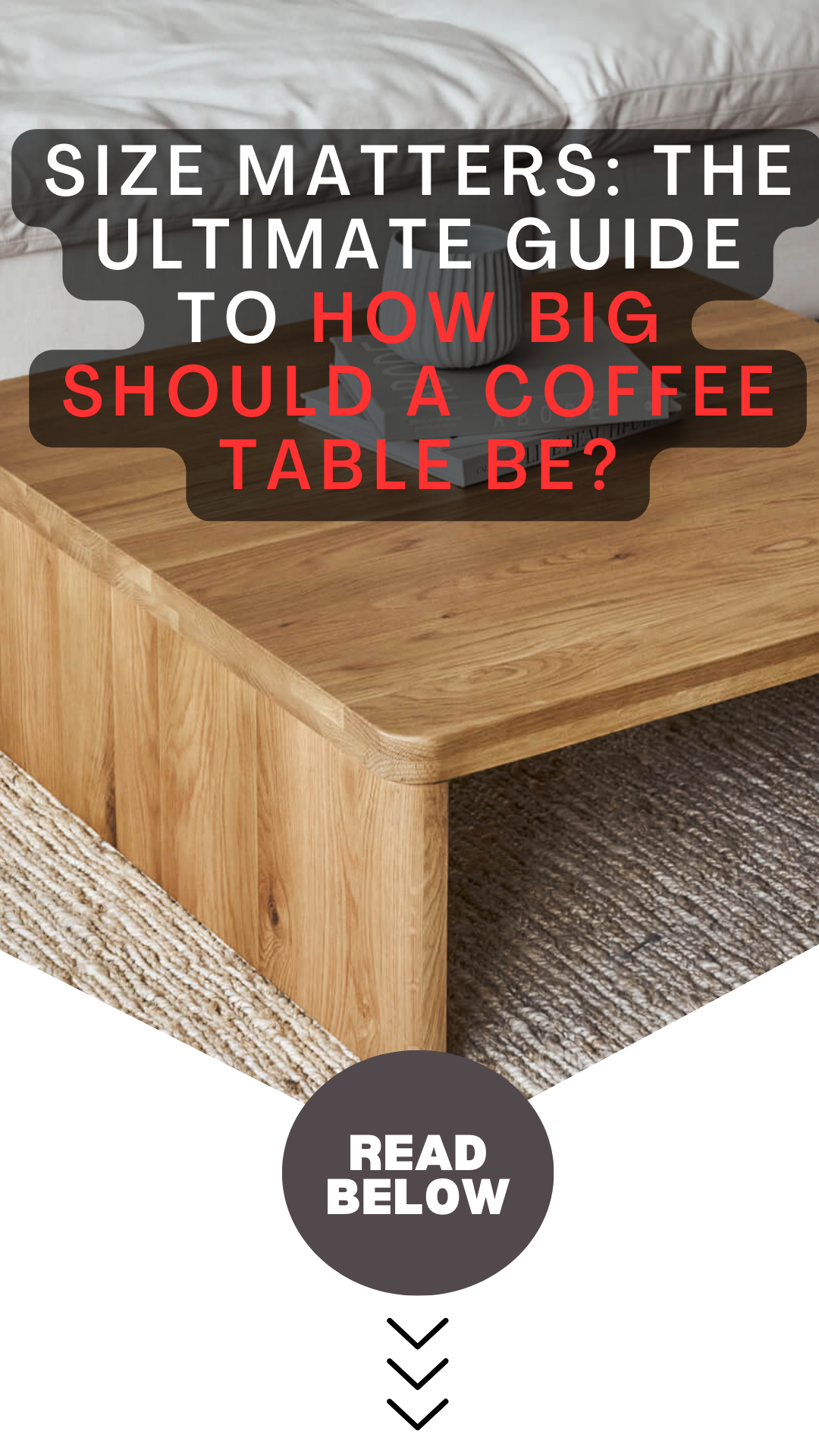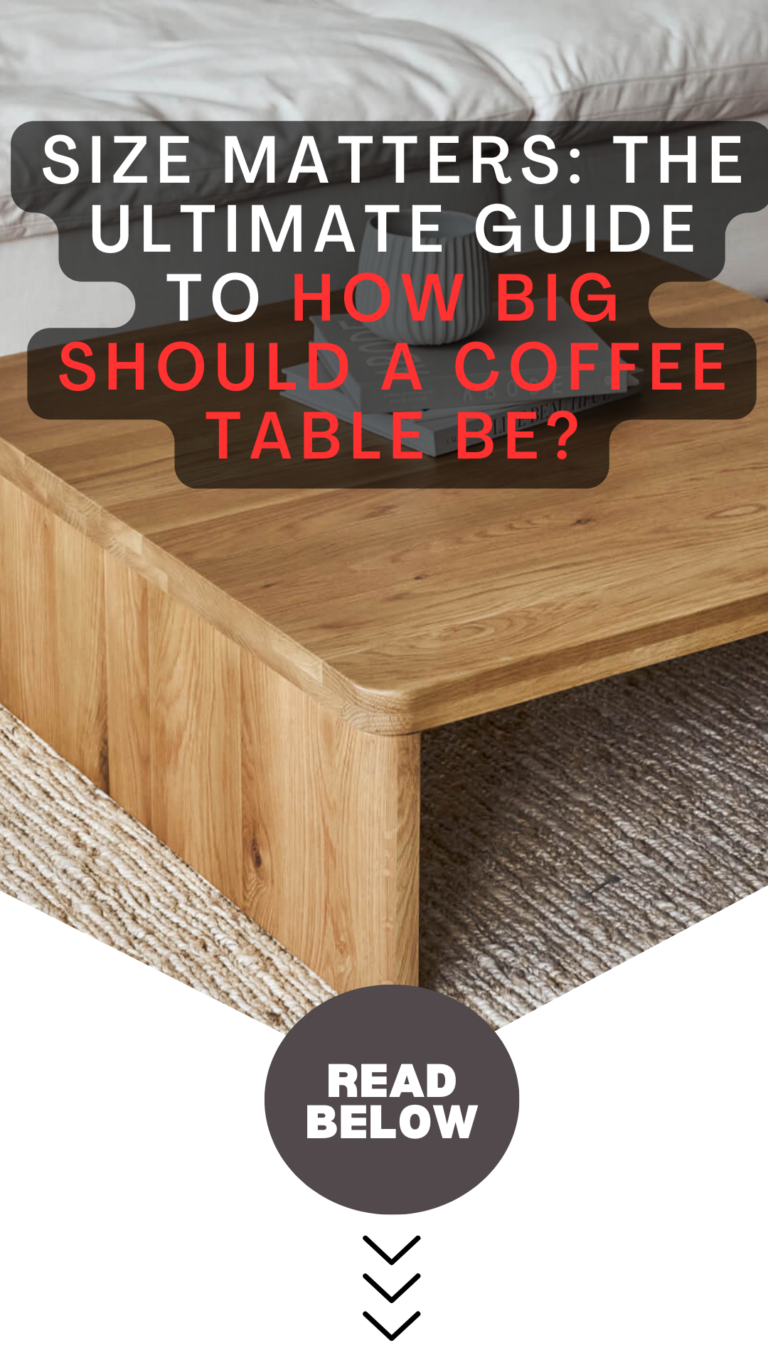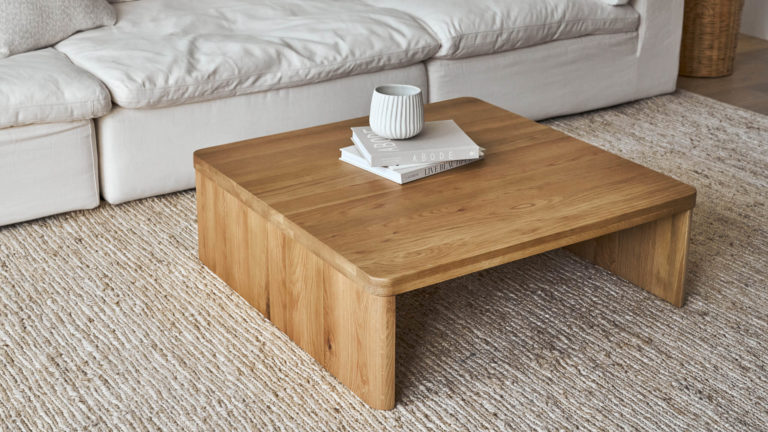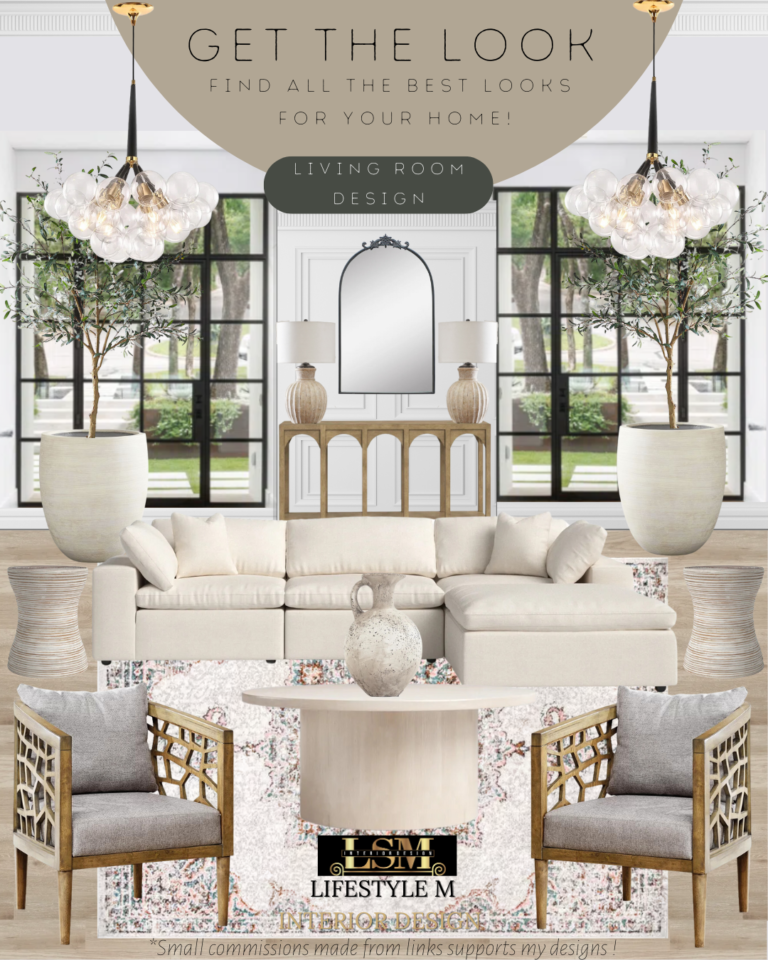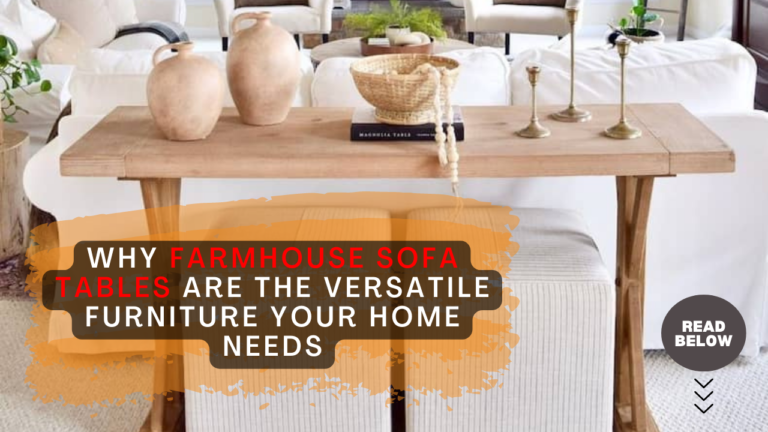
Lifestyle M Interior Design
From Entryway Organization to Hosting Essentials: Why Farmhouse Sofa Tables are the Versatile Furniture Your Home Needs
Step into a world of enchanting home decor possibilities with farmhouse sofa tables! These captivating pieces of furniture have the power to transform any room into a rustic haven. Prepare to be amazed by their versatility, as they effortlessly combine functionality and space optimization. In this captivating article, we’ll delve into the myriad benefits of farmhouse sofa tables and explore how they can seamlessly integrate into your home decor, captivating hearts along the way.
Introduction to Farmhouse Sofa Tables: Where Rustic Charm Meets Functionality
Picture this: a long, narrow table gracefully placed behind your sofa, exuding rustic allure. That’s the essence of a farmhouse sofa table. Crafted from natural materials like wood, these tables evoke a vintage aesthetic, instantly infusing warmth and personality into any space.
Beyond the sofa, farmhouse sofa tables find their place in entryways, hallways, and other transitional areas. Their slender form factor proves ideal for compact spaces, effortlessly optimizing every inch.
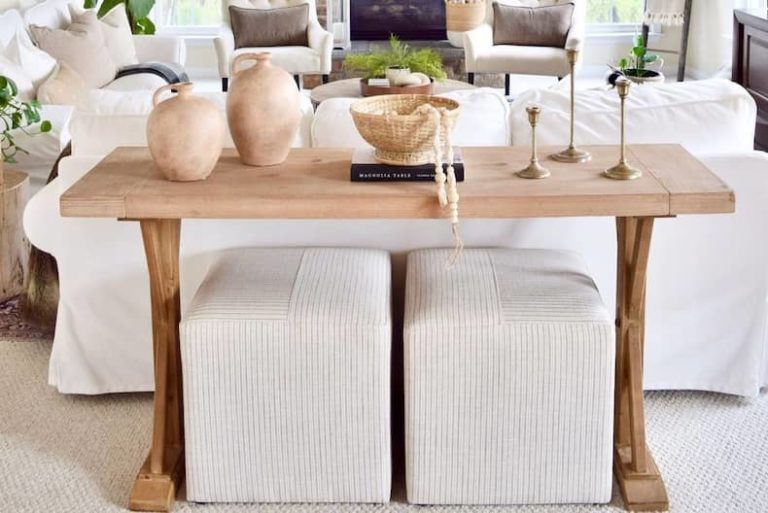
The Versatility of Farmhouse Sofa Tables: Unleashing Creativity
Prepare to unleash your creativity with farmhouse sofa tables! Their versatility knows no bounds. Allow them to become the focal point of a room, showcasing cherished family photos, captivating decorative items, or an intriguing collection of books. The possibilities are endless, and your space will radiate with personal charm.
These tables are more than just decorative accents; they’re functional powerhouses. Many farmhouse sofa tables come equipped with drawers or shelves, providing additional storage space. Blankets, magazines, board games—tidiness meets rustic charm.
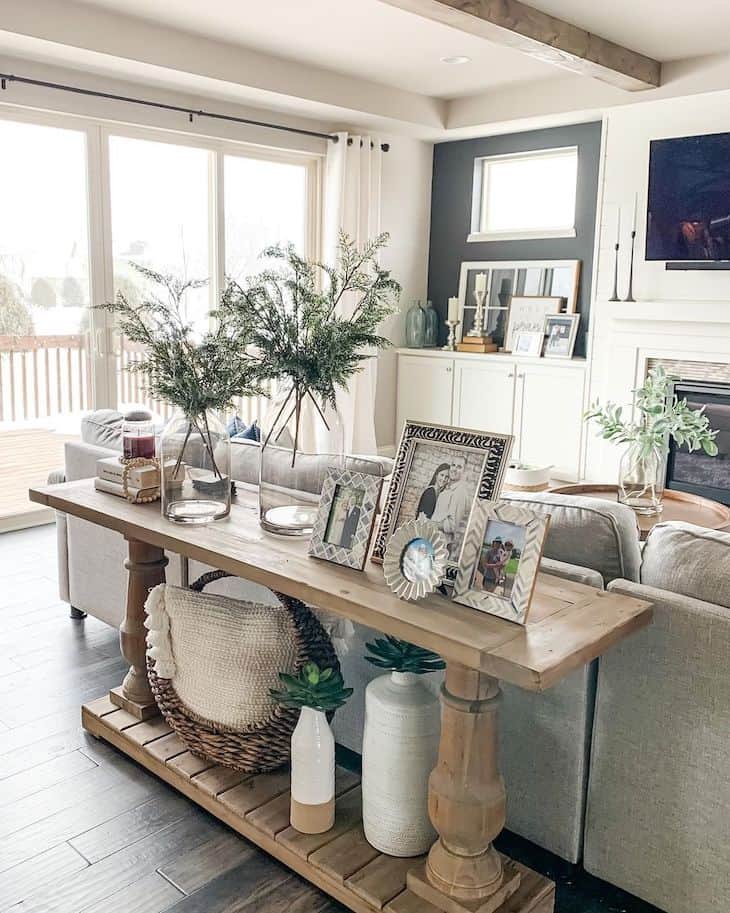
Enhancing Interior Aesthetics: Rustic Elegance at Its Finest
Let your interior aesthetics soar to new heights with the timeless rustic elegance of farmhouse sofa tables. Their vintage allure sets the stage for a warm and inviting atmosphere, creating a haven of comfort. Pair them with distressed wood chairs, vintage-style lamps, and watch as a cohesive farmhouse look effortlessly unfolds before your eyes.
Playing with color and texture adds a mesmerizing dimension to your space. Choose a farmhouse sofa table with a distressed finish or reclaimed wood for a touch of texture, enveloping your surroundings in cozy splendor.
Multifunctional Furniture and Space Optimization: Beauty in Utility
You will be captivated by the multifunctional magic of farmhouse sofa tables. Their purpose extends far beyond mere decoration. Display, storage, and organization—these tables have it all. Their compact design is particularly suited for small spaces, where every inch counts.
Imagine a small entryway transformed by a farmhouse sofa table, offering storage for shoes, bags, and other essentials. Elevate the ambiance by adorning the table with plants or vases, welcoming guests into a cozy, organized space.
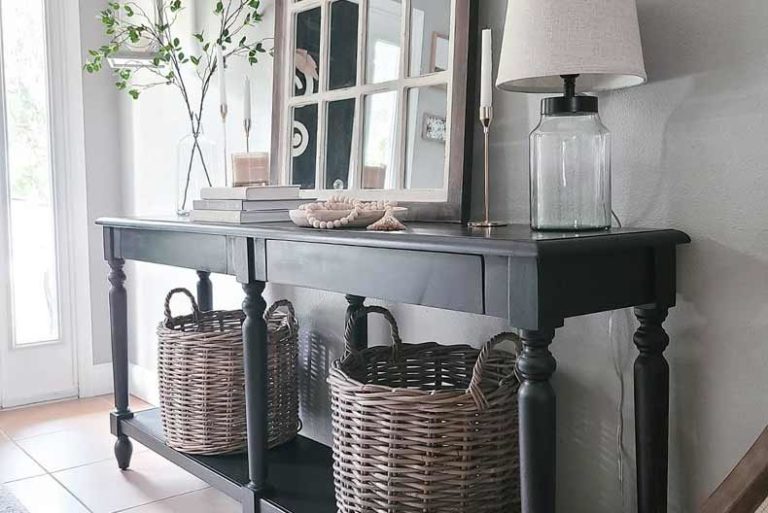
Farmhouse Sofa Tables as Living Room Essentials and Accent Pieces: Unveiling the Heart of the Home
In the living room, farmhouse sofa tables reveal their true potential as essential pieces of furniture. They effortlessly hold decorative items, store books and magazines, or provide a platform for a charming lamp. The room radiates warmth and hospitality, drawing everyone closer.
But these tables aren’t limited to being mere essentials—they can also steal the spotlight as captivating accent pieces. Choose a table with a unique design or a splash of color, effortlessly infusing your space with visual intrigue. Watch as the room finds balance, drawing the eye to its newfound centerpiece.
The Timeless Appeal of Farmhouse Style: A Love Affair That Endures
Farmhouse style holds an undeniable allure with its rustic and vintage charm. Loved for years and destined to enchant for many more, it remains a perennial favorite in home decor. The irresistible magnetism of farmhouse sofa tables derives from their ability to create an atmosphere that is both welcoming and timeless.
Experience the transformative power of these tables as they breathe life into any room. Paired with other farmhouse-style furniture, they create a harmonious fusion of style and functionality, ensuring your space stands the test of time.
Coordinating Farmhouse Sofa Tables with Existing Furniture: Harmony in Design
When selecting a farmhouse sofa table, consider the existing furniture in your home. Seek harmony and cohesion as you make your choice. Opt for a table with a finish or color that complements your decor, forging unity in the room. Alternatively, embrace contrast and select a table that adds a captivating visual element, infusing your space with intrigue.
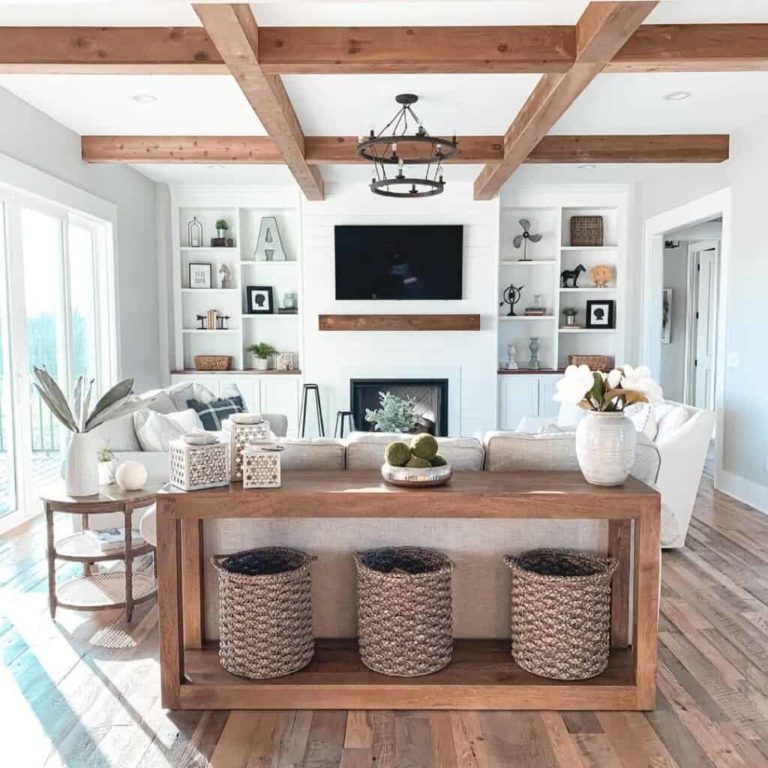
Hosting and Entertaining with Farmhouse Sofa Tables: Where Memories Are Made
Prepare to embark on a journey of hosting and entertaining made extraordinary by farmhouse sofa tables. They become your trusted companions, holding snacks, drinks, and even board games during delightful family gatherings. The cozy and inviting atmosphere they create is the perfect backdrop for cherished moments with loved ones.
But farmhouse sofa tables aren’t just functional marvels—they’re decorative showstoppers. Adorn them with candles, flowers, or other enchanting elements, transforming your space into a warm, inviting sanctuary.
Creating Focal Points in Transitional Spaces: Elevating Neglected Areas
Transitional spaces like entryways and hallways are often overlooked in home decor. Yet, they offer tremendous potential for creating captivating focal points. Enter the farmhouse sofa table, ready to transform these spaces into showcases of personality and style. Display decorative items, family photos, and allow these once-neglected areas to command attention.
Embrace organization in transitional spaces by harnessing the storage capabilities of farmhouse sofa tables. Merge practicality with rustic charm, turning chaos into order while adding an extra dash of character to your decor.
Embracing Country Charm with Farmhouse Sofa Tables: Love at First Sight
If country-style decor makes your heart skip a beat, farmhouse sofa tables are here to make your dreams come true. Their rustic and vintage allure envelops your space in a warm embrace, creating a haven of comfort and tranquility.
To fully embrace the country charm, complement your farmhouse sofa table with other rustic and vintage-style furniture and decor. Think distressed wood chairs, vintage-style lamps, and delightful decorative elements like mason jars and metal signs. Let the enchantment of the countryside fill your home.
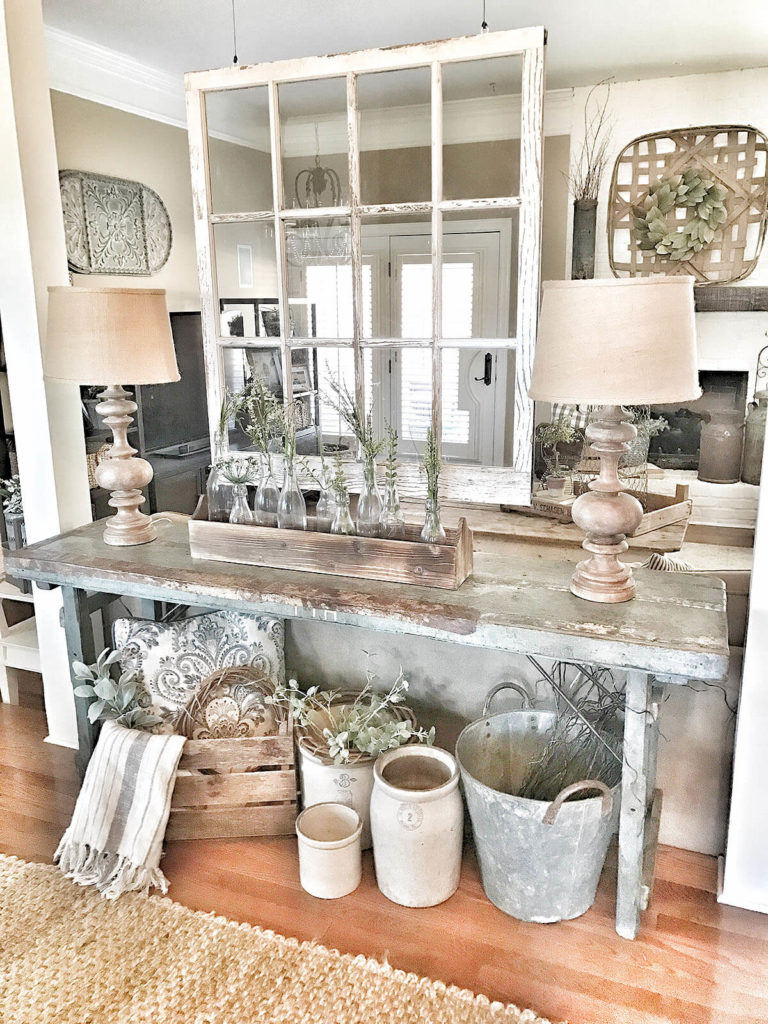
Farmhouse Sofa Tables as Functional Design: Entryway Organization, Display, and Storage
Farmhouse sofa tables redefine the concept of functional design. Their practicality knows no bounds, extending from entryway organization to display and storage. In the entryway, they take charge, holding keys, mail, and all those items that tend to accumulate near the front door.
But they’re not just organizers; they’re display pedestals. Embrace their potential and showcase decorative items like plants or vases. Need extra storage? Farmhouse sofa tables graciously accept the task, effortlessly holding blankets, magazines, and more.
Farmhouse Sofa Tables and the Use of Natural Materials: A Touch of Earthly Delight
Crafted from natural materials like wood or metal, farmhouse sofa tables embrace the essence of the earth. Not only do these materials enhance their rustic and vintage look, but they also bring warmth and comfort to your space.
Furthermore, these tables can be eco-friendly, designed with sustainability in mind. Opt for a table made from reclaimed wood, and you contribute to reducing waste, embracing a greener lifestyle.
Conclusion: Farmhouse Sofa Tables—Your Versatile Home Decor Companion
In summary, farmhouse sofa tables are the epitome of versatile furniture, capable of transforming your home in remarkable ways. Whether you seek to enhance your home’s aesthetic, infuse warmth and personality into your space, or simply revel in the timeless allure of farmhouse style, these tables are the perfect choice.
Prepare to be captivated by their multifunctional nature, their ability to optimize space, and their unrivaled versatility.

